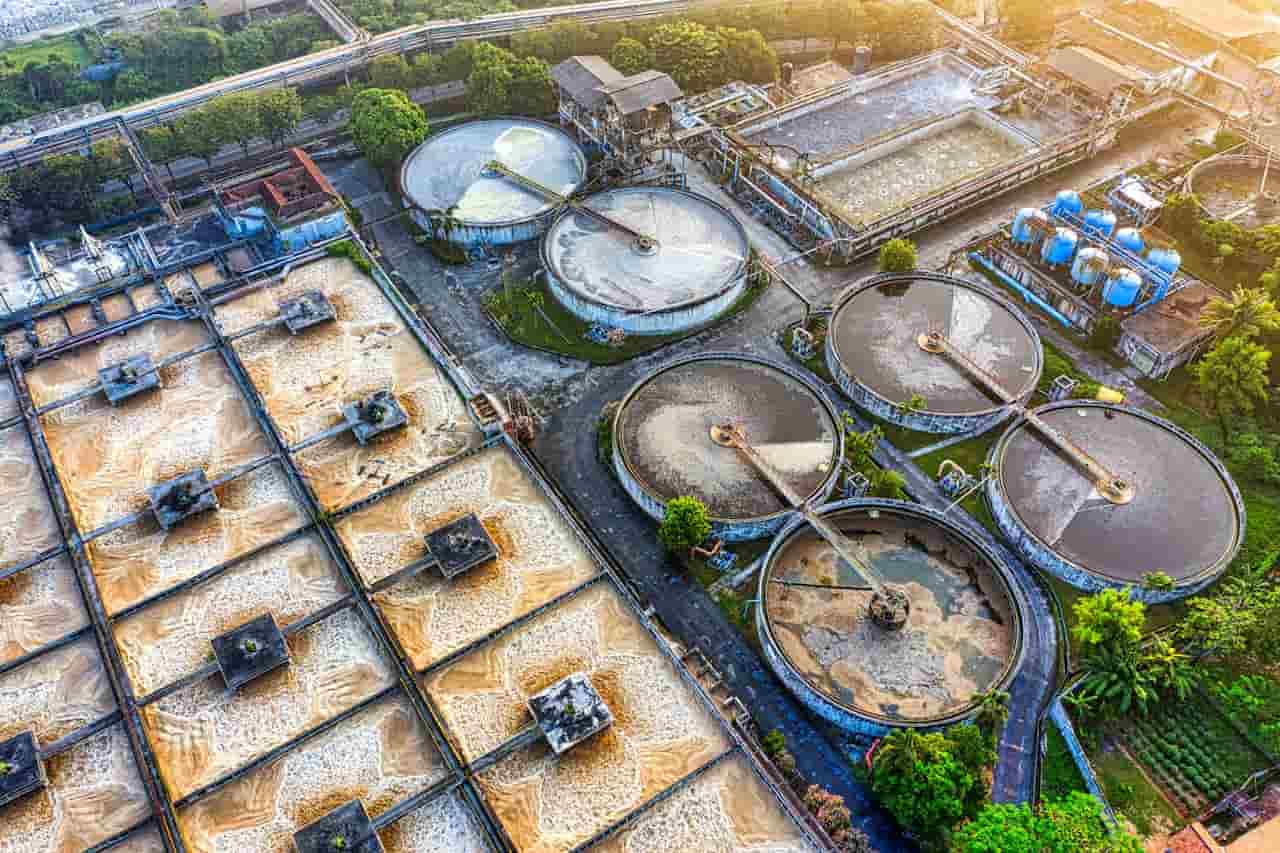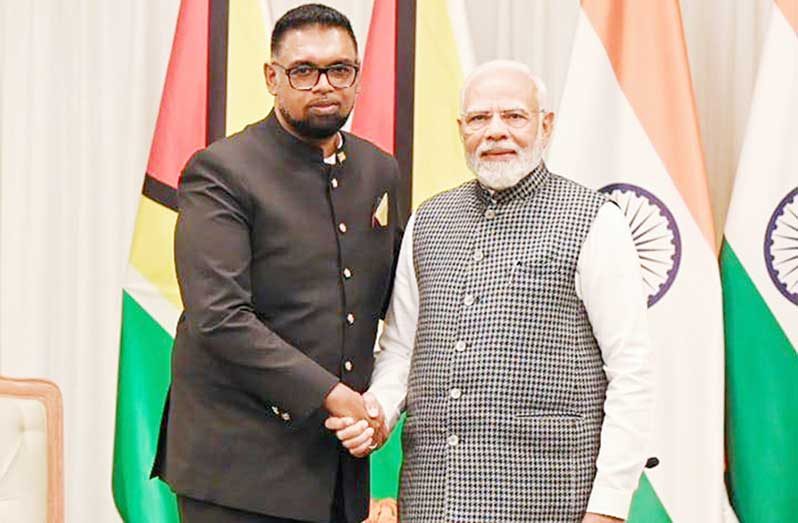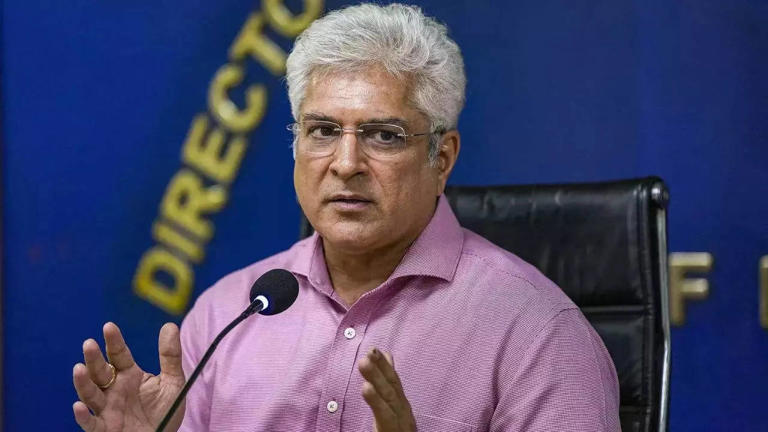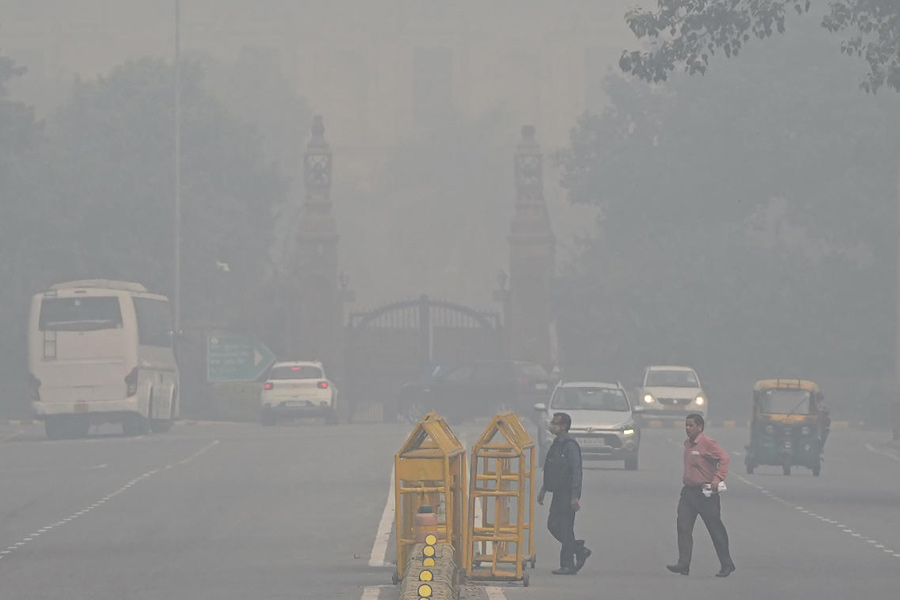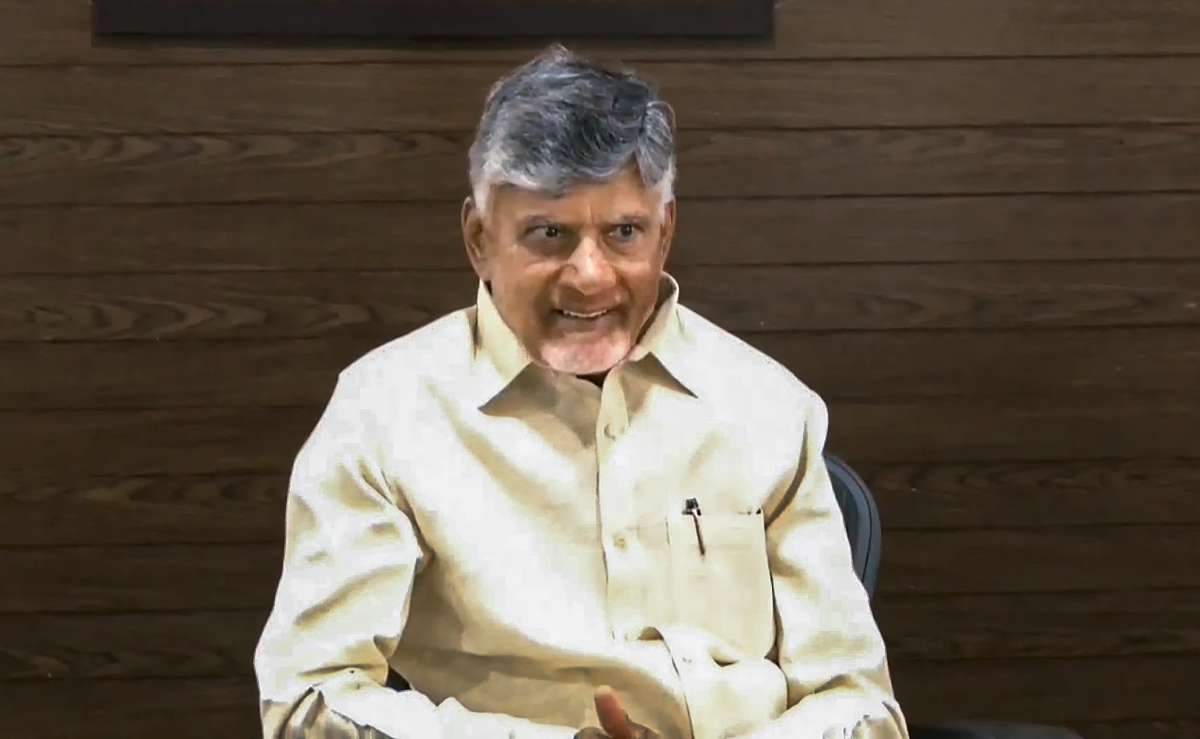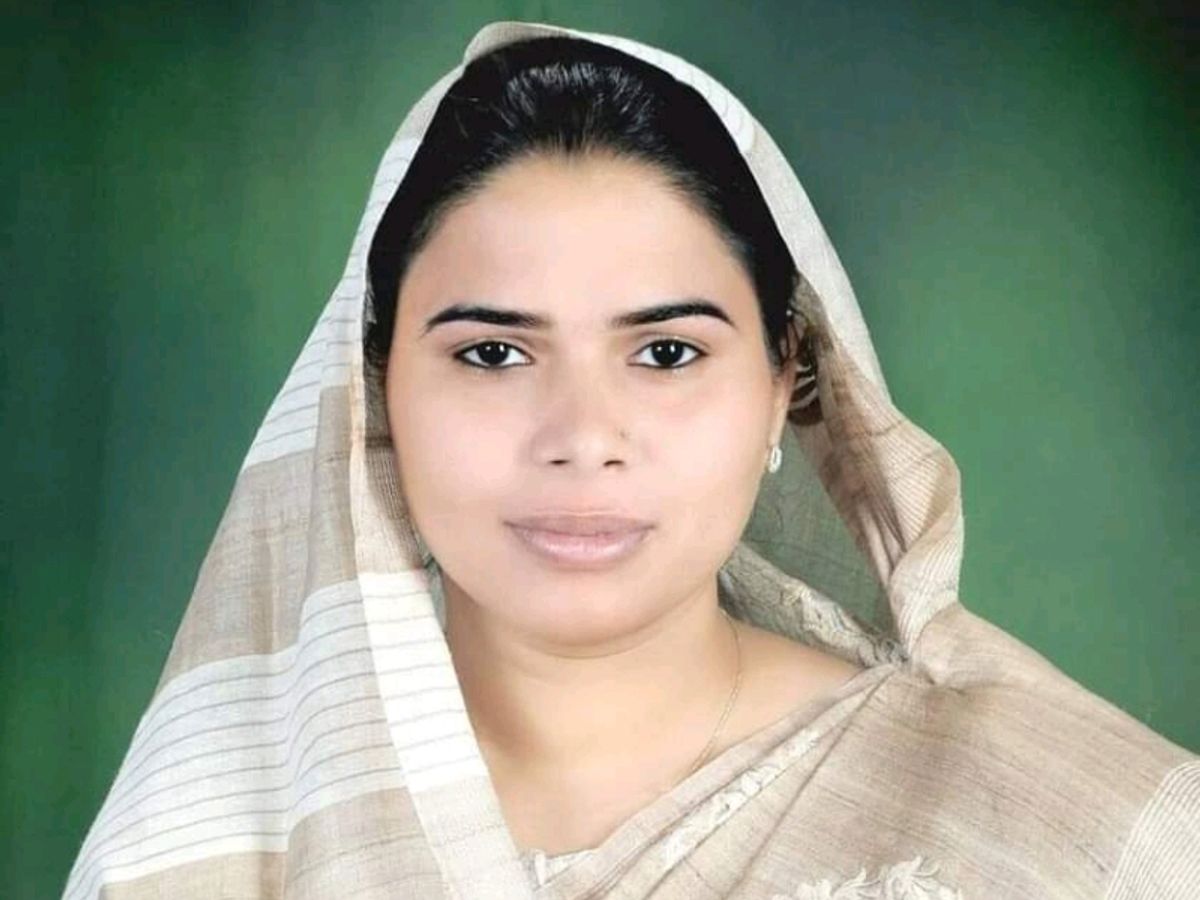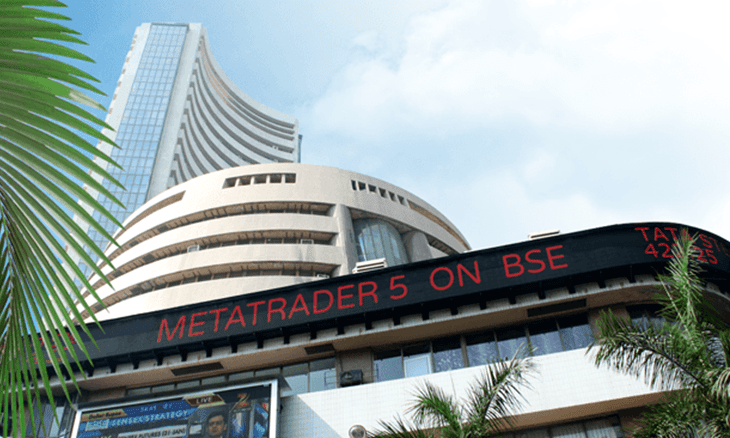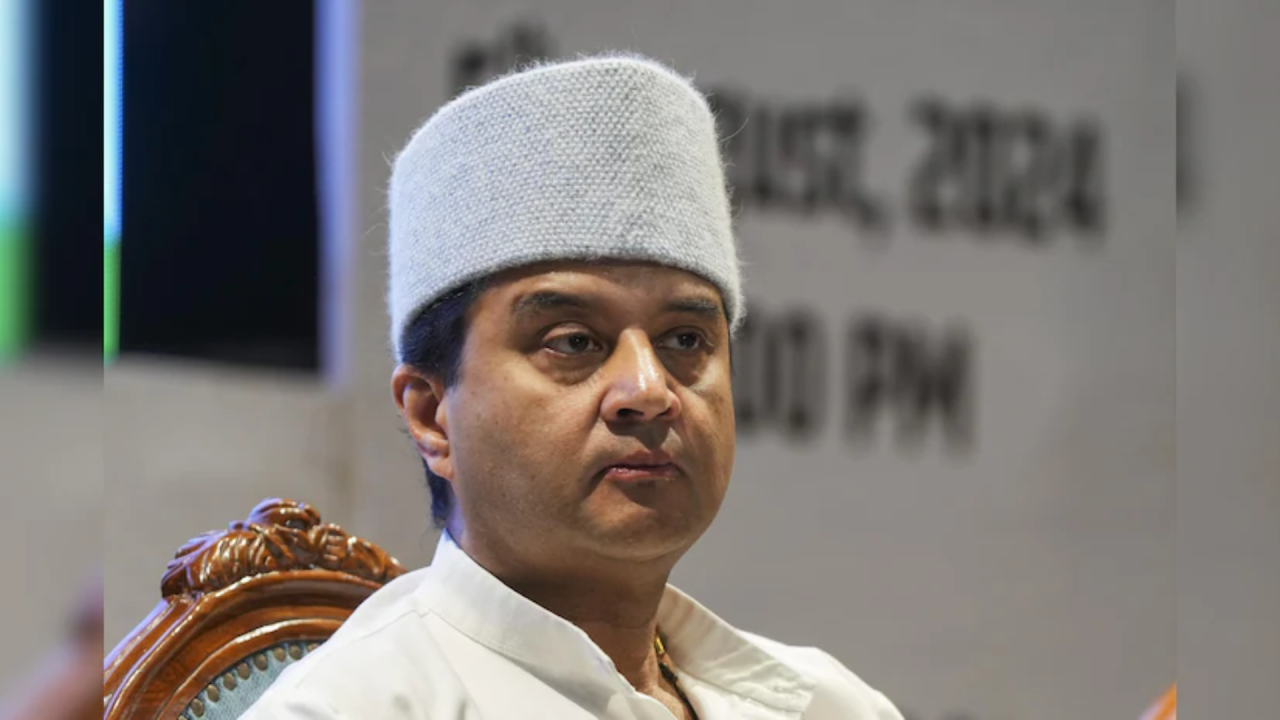Home / gujarat / Surat Plans to Become India’s Second City with W
Surat Plans to Become India’s Second City with W
By: My India Times
3 minutes read 48Updated At: 2024-11-08
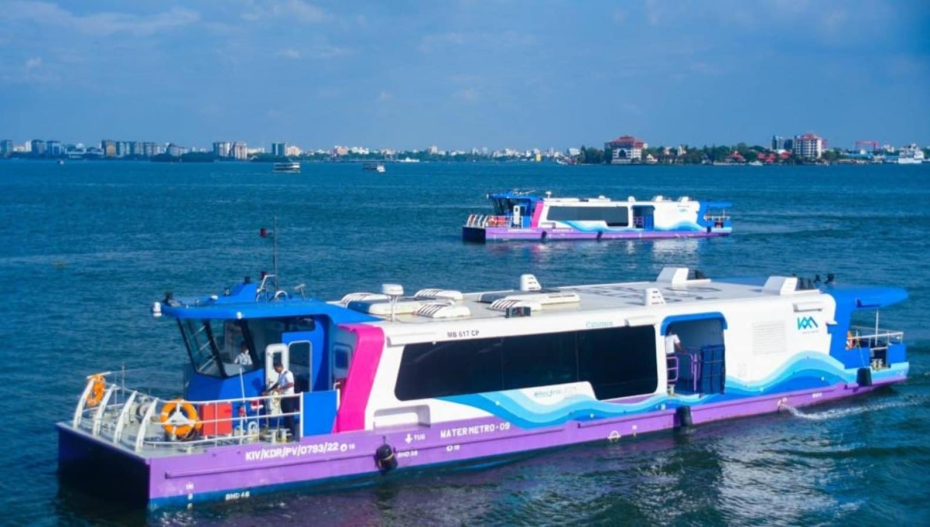
Surat, November 5, 2024 – Following in the footsteps of Kochi, Surat is poised to become the second Indian city to introduce a water metro system, setting the stage for a transformative leap in the city’s transportation infrastructure. The Surat Municipal Corporation (SMC) has unveiled plans to construct a 33-kilometer water metro route along the Tapi River, offering a green alternative to the city's traditional transport methods. The ambitious project aims to ease growing traffic congestion, reduce pollution, and improve overall connectivity for Surat’s rapidly expanding population, which has reached over 70 lakh people.
The water metro system will be integrated into Surat’s broader transportation network, which includes city buses, metro railways, and now, the river-based water ferries. Surat Municipal Commissioner Shalini Agrawal outlined the vision for seamless intermodal transport: “The goal is to make commuting smooth and efficient for our residents by connecting all modes of transport — whether it’s the metro, buses, or the new water metro. This is part of our larger vision to reduce travel time and make the city more accessible for everyone.â€
The water metro will stretch from Valak to Rundh, utilizing the Tapi River as its main corridor. With the ongoing Tapi Riverfront development and a new embankment wall under construction on both riverbanks, the project is poised to be a game-changer in how Surat connects its key areas. The proposed ferry services will provide an efficient and eco-friendly option for daily commuters, tourists, and businesses that rely on quick transport.
A Vision for the Future of Urban Mobility
The idea of using Surat’s natural waterways for public transport was inspired by Kochi’s successful water metro, which began operations in December 2021. Surat's municipal team plans to visit Kochi in the coming weeks for a study tour, learning firsthand from the experiences of the Kochi Municipal Corporation. Surat has also gained the support of the French Development Agency, which has pledged technical assistance to help develop low-cost water metro solutions tailored to Surat’s unique needs.
“I believe Surat is on the cusp of a transportation revolution. With our city’s rapid growth, it’s essential to explore alternative modes of transport that are not only effective but also sustainable,†said Agrawal. She added that the water metro is expected to complement the city’s other ongoing transport upgrades, including the metro rail project and extensive road network improvements.
A Sustainable Future
In addition to the practical benefits of faster and cleaner travel, Surat's water metro project aligns with the city’s commitment to reducing its carbon footprint. Environmental groups have hailed the initiative as a positive step toward combating pollution. “Surat has always been an industrial powerhouse, and now it’s taking the lead in green initiatives. A water metro system will not only help the environment but also encourage people to use public transport instead of private vehicles,†said Amit Kumar, an environmentalist based in Surat.
Local Excitement and Community Involvement
Local residents are eagerly anticipating the new water metro service, with many excited about the prospect of shorter commutes and cleaner air. “This is great news! I often travel to work in the city center, and if I can take a ferry instead of being stuck in traffic, it will make my daily routine much easier and stress-free,†said Kiran Patel, a working professional in Surat.
Surat’s plan to expand its water-based transportation system is not only seen as a milestone for the city but also as a model for other growing metropolitan areas across India. “The city’s commitment to blending modern infrastructure with sustainability will set an example for the entire country,†said Rina Shah, a city planner.
Looking Ahead: Expanding the Vision
As Surat progresses with the initial phase of the water metro, plans are already in motion to further expand the network. In the future, the water metro could connect more parts of the city and surrounding regions, potentially linking Surat to other cities along the Tapi River and even neighboring states.
SMC officials are confident that the project will bring substantial benefits to Surat’s economy, including boosting tourism, enhancing accessibility to business districts, and creating new jobs in the transport and tourism sectors.
Surat’s water metro project is expected to begin its pilot phase within the next two years, with full-scale operations slated for 2026. If successful, it could serve as a major catalyst for water-based urban mobility across India, marking Surat’s position as a forward-thinking city committed to both progress and sustainability.
....Surat, November 5, 2024 – Following in the footsteps of Kochi, Surat is poised to become the second Indian city to introduce a water metro system, setting the stage for a transformative leap in the city’s transportation infrastructure. The Surat Municipal Corporation (SMC) has unveiled plans to construct a 33-kilometer water metro route along the Tapi River, offering a green alternative to the city's traditional transport methods. The ambitious project aims to ease growing traffic congestion, reduce pollution, and improve overall connectivity for Surat’s rapidly expanding population, which has reached over 70 lakh people.
The water metro system will be integrated into Surat’s broader transportation network, which includes city buses, metro railways, and now, the river-based water ferries. Surat Municipal Commissioner Shalini Agrawal outlined the vision for seamless intermodal transport: “The goal is to make commuting smooth and efficient for our residents by connecting all modes of transport — whether it’s the metro, buses, or the new water metro. This is part of our larger vision to reduce travel time and make the city more accessible for everyone.â€
The water metro will stretch from Valak to Rundh, utilizing the Tapi River as its main corridor. With the ongoing Tapi Riverfront development and a new embankment wall under construction on both riverbanks, the project is poised to be a game-changer in how Surat connects its key areas. The proposed ferry services will provide an efficient and eco-friendly option for daily commuters, tourists, and businesses that rely on quick transport.
A Vision for the Future of Urban Mobility
The idea of using Surat’s natural waterways for public transport was inspired by Kochi’s successful water metro, which began operations in December 2021. Surat's municipal team plans to visit Kochi in the coming weeks for a study tour, learning firsthand from the experiences of the Kochi Municipal Corporation. Surat has also gained the support of the French Development Agency, which has pledged technical assistance to help develop low-cost water metro solutions tailored to Surat’s unique needs.
“I believe Surat is on the cusp of a transportation revolution. With our city’s rapid growth, it’s essential to explore alternative modes of transport that are not only effective but also sustainable,†said Agrawal. She added that the water metro is expected to complement the city’s other ongoing transport upgrades, including the metro rail project and extensive road network improvements.
A Sustainable Future
In addition to the practical benefits of faster and cleaner travel, Surat's water metro project aligns with the city’s commitment to reducing its carbon footprint. Environmental groups have hailed the initiative as a positive step toward combating pollution. “Surat has always been an industrial powerhouse, and now it’s taking the lead in green initiatives. A water metro system will not only help the environment but also encourage people to use public transport instead of private vehicles,†said Amit Kumar, an environmentalist based in Surat.
Local Excitement and Community Involvement
Local residents are eagerly anticipating the new water metro service, with many excited about the prospect of shorter commutes and cleaner air. “This is great news! I often travel to work in the city center, and if I can take a ferry instead of being stuck in traffic, it will make my daily routine much easier and stress-free,†said Kiran Patel, a working professional in Surat.
Surat’s plan to expand its water-based transportation system is not only seen as a milestone for the city but also as a model for other growing metropolitan areas across India. “The city’s commitment to blending modern infrastructure with sustainability will set an example for the entire country,†said Rina Shah, a city planner.
Looking Ahead: Expanding the Vision
As Surat progresses with the initial phase of the water metro, plans are already in motion to further expand the network. In the future, the water metro could connect more parts of the city and surrounding regions, potentially linking Surat to other cities along the Tapi River and even neighboring states.
SMC officials are confident that the project will bring substantial benefits to Surat’s economy, including boosting tourism, enhancing accessibility to business districts, and creating new jobs in the transport and tourism sectors.
Surat’s water metro project is expected to begin its pilot phase within the next two years, with full-scale operations slated for 2026. If successful, it could serve as a major catalyst for water-based urban mobility across India, marking Surat’s position as a forward-thinking city committed to both progress and sustainability.
By: My India Times
Updated At: 2024-11-08
Tags: gujarat News | My India Times News | Trending News | Travel News
Join our WhatsApp Channel



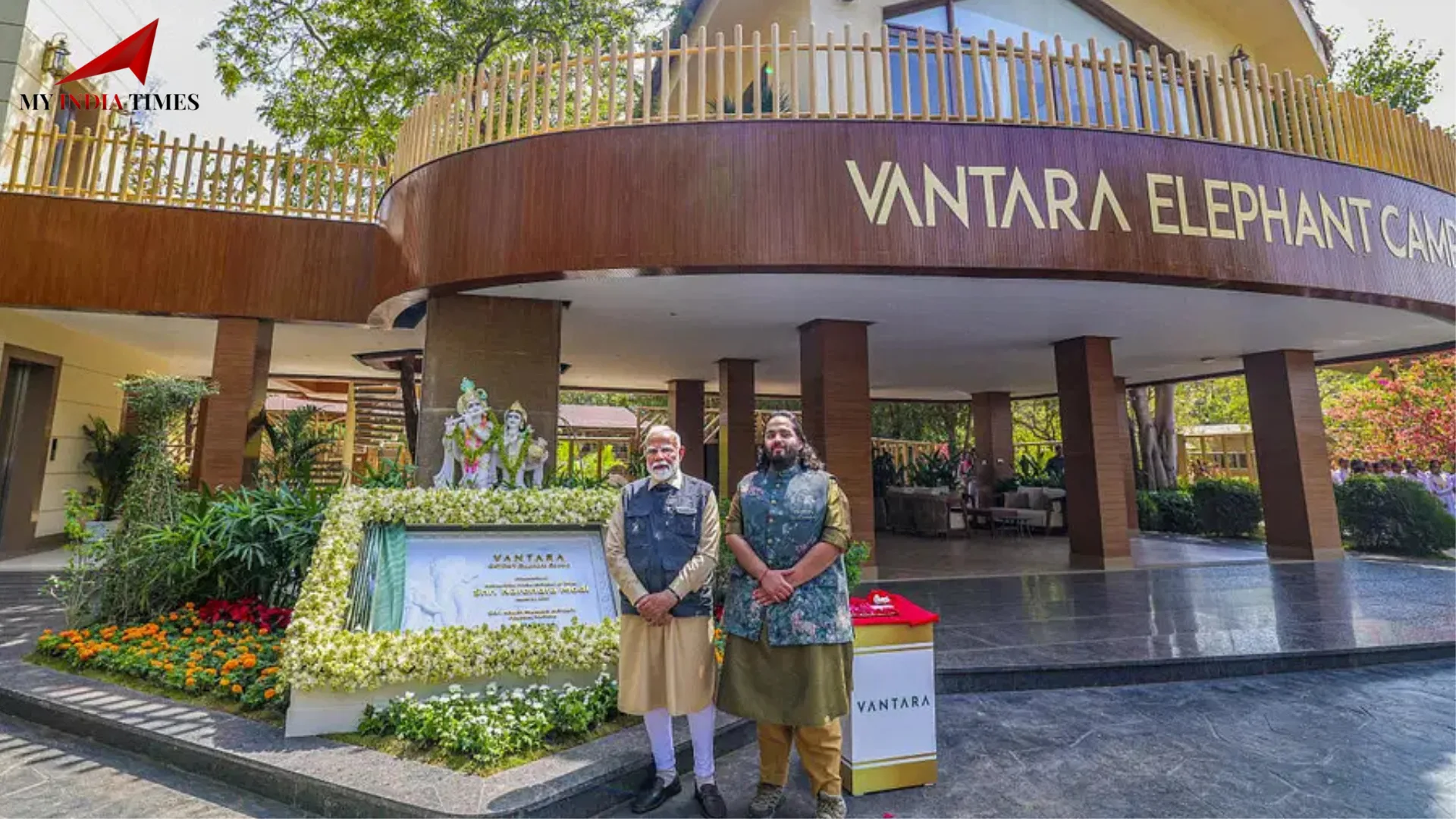

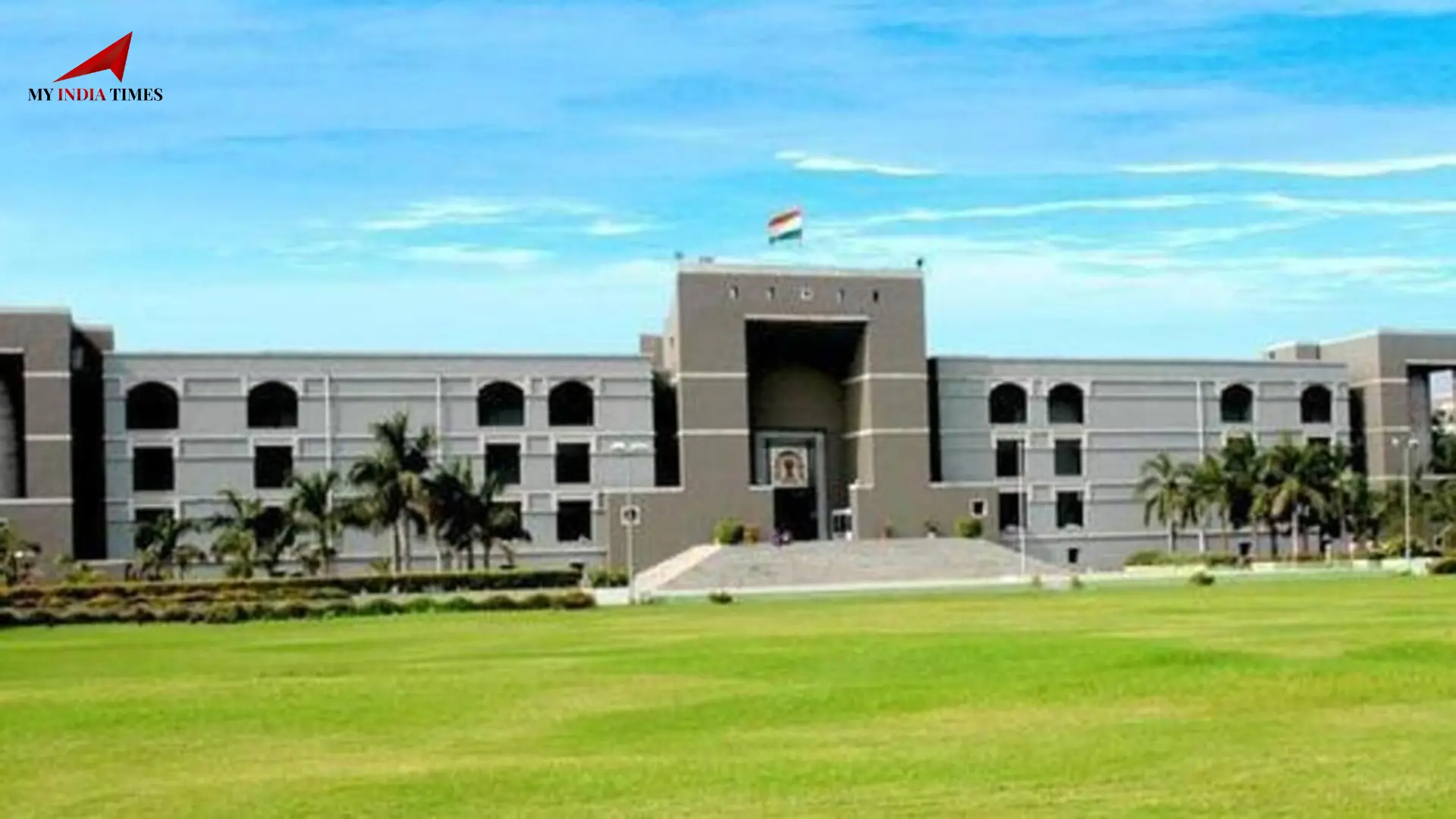






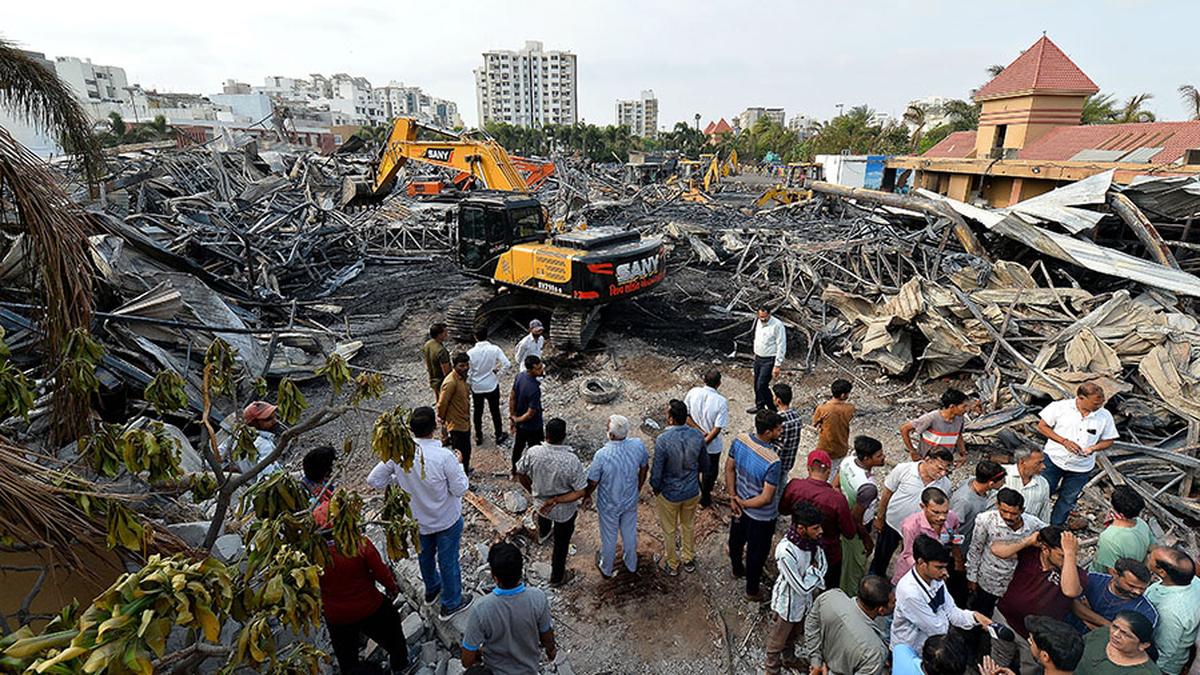

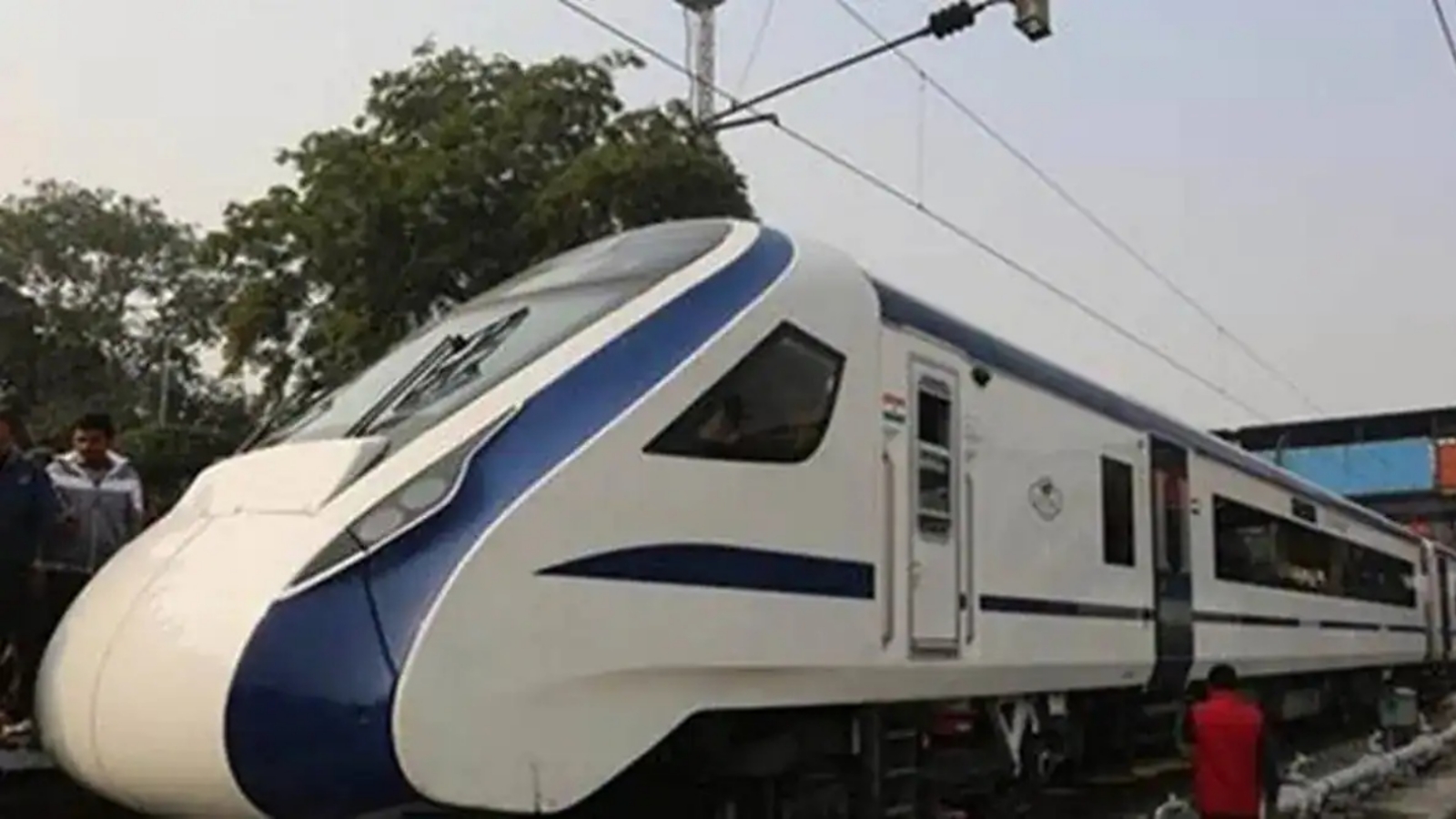


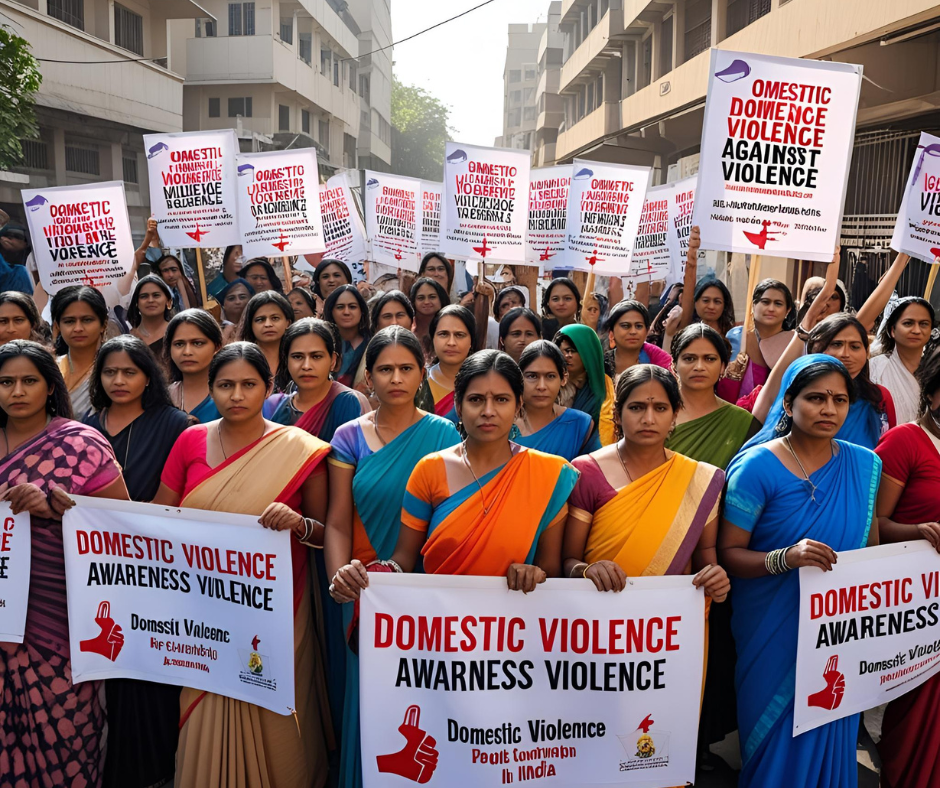
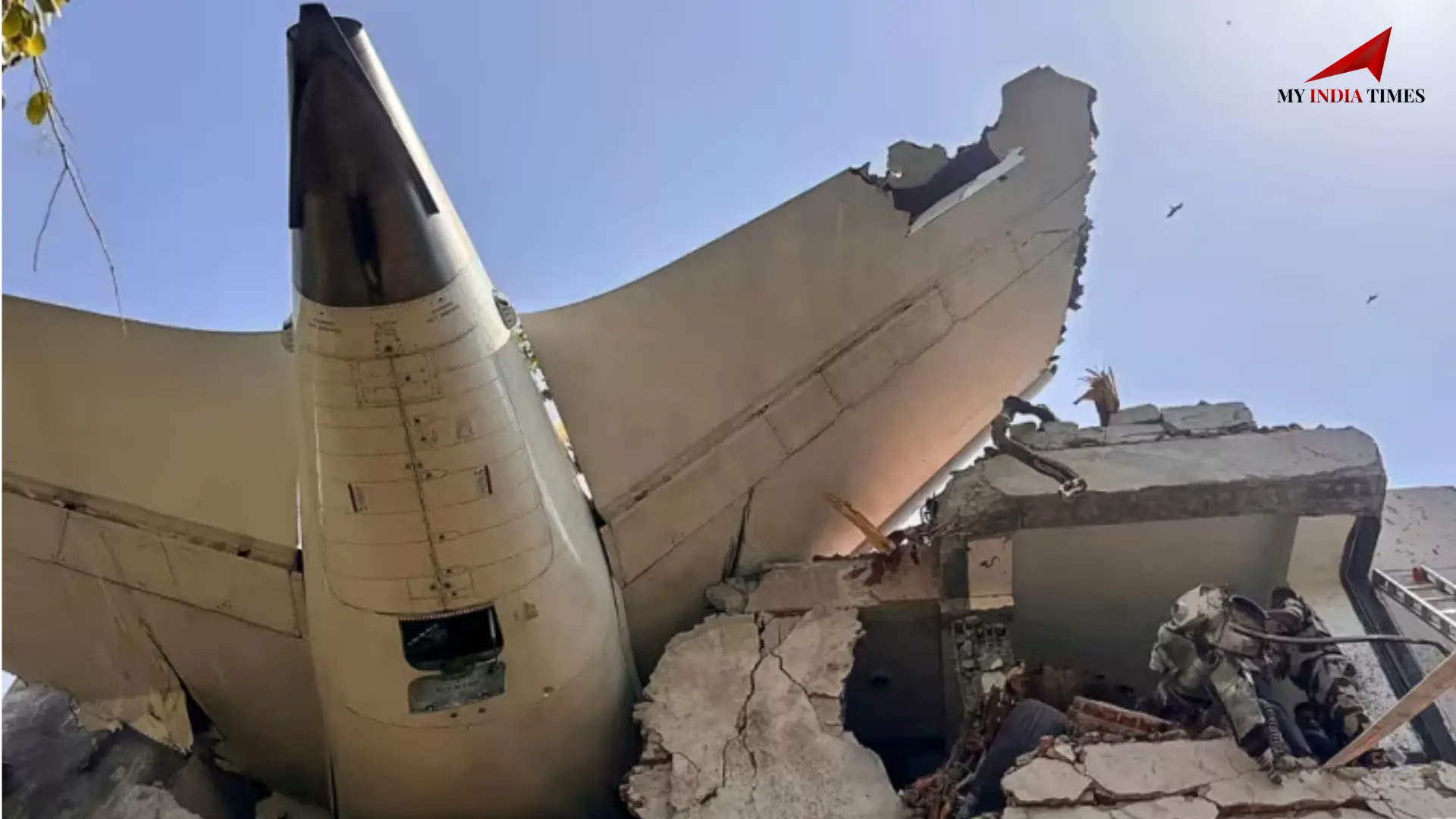
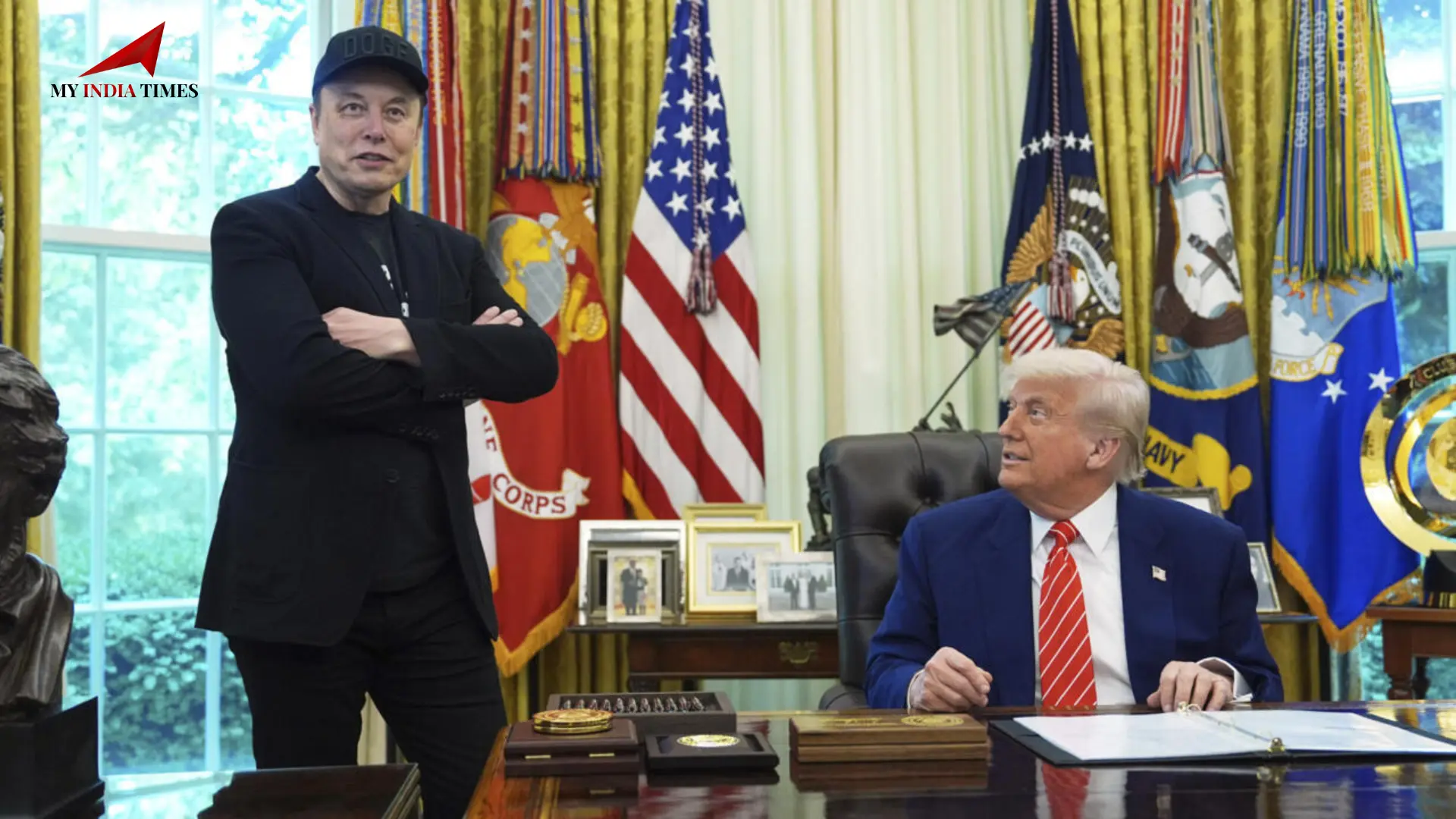



















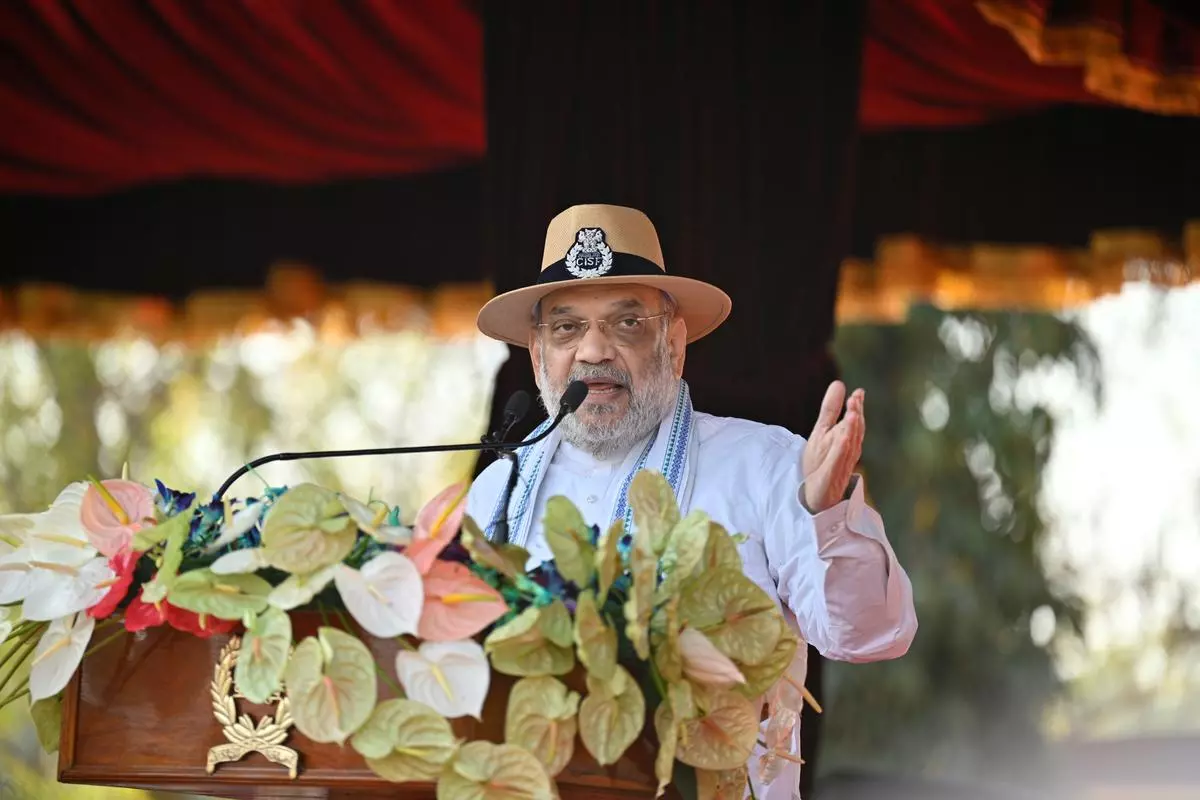



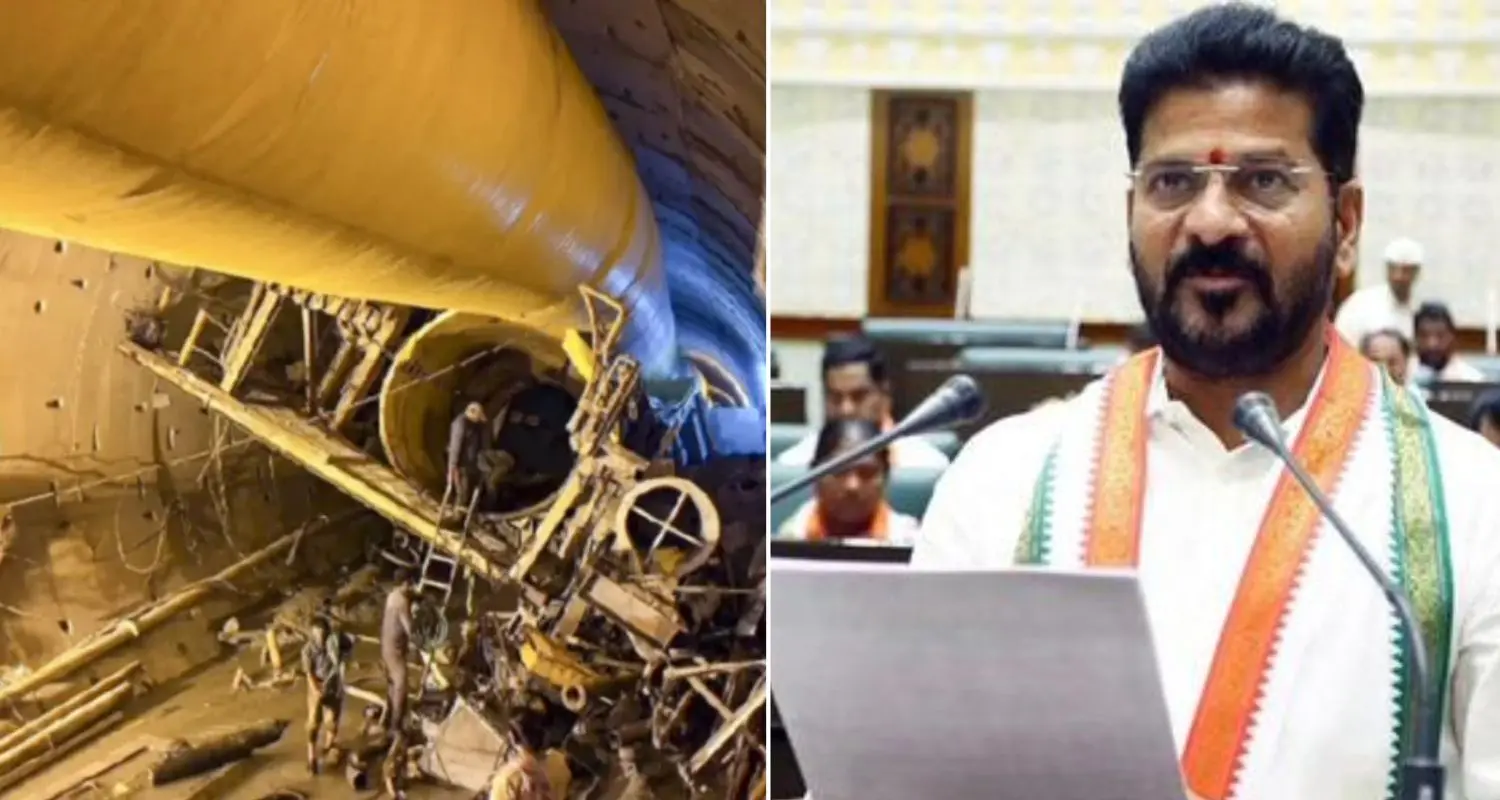

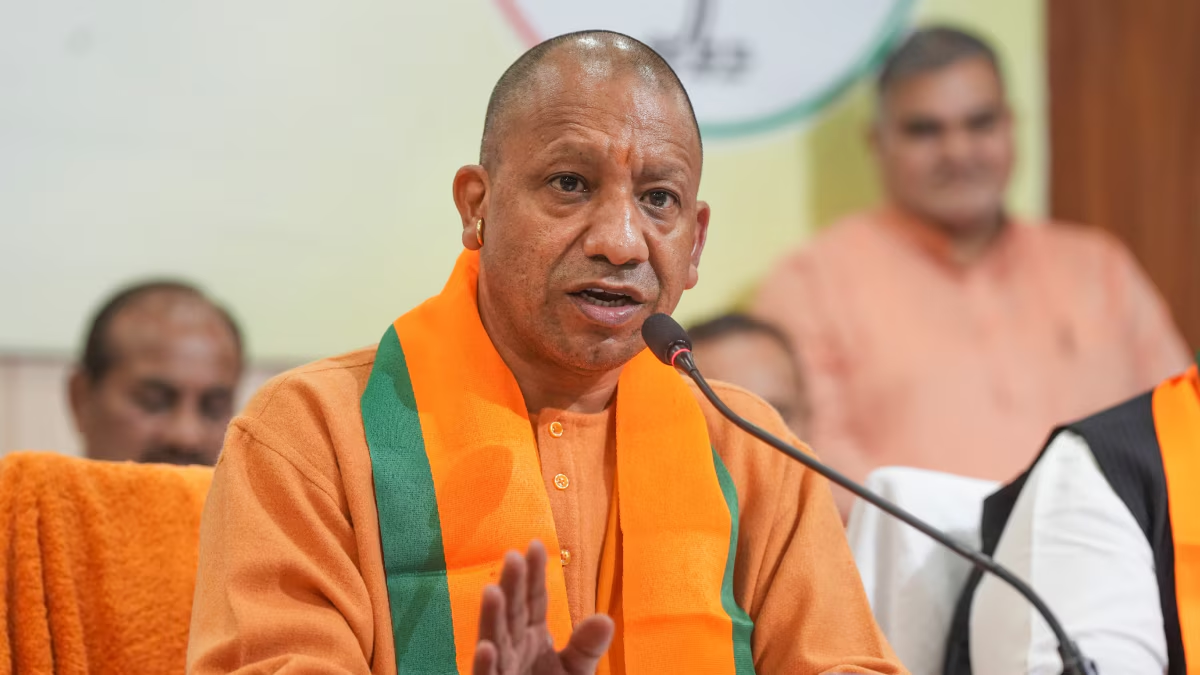
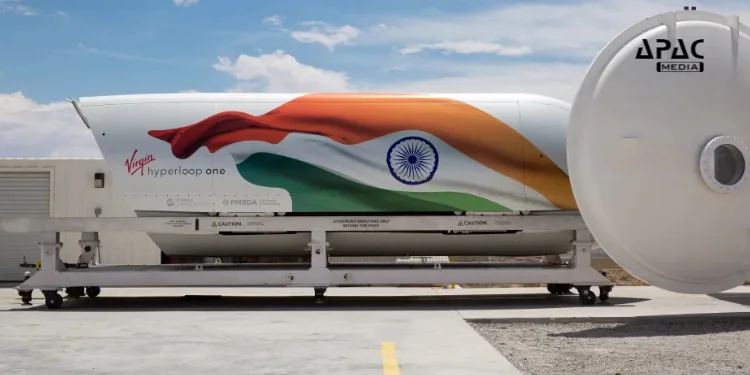



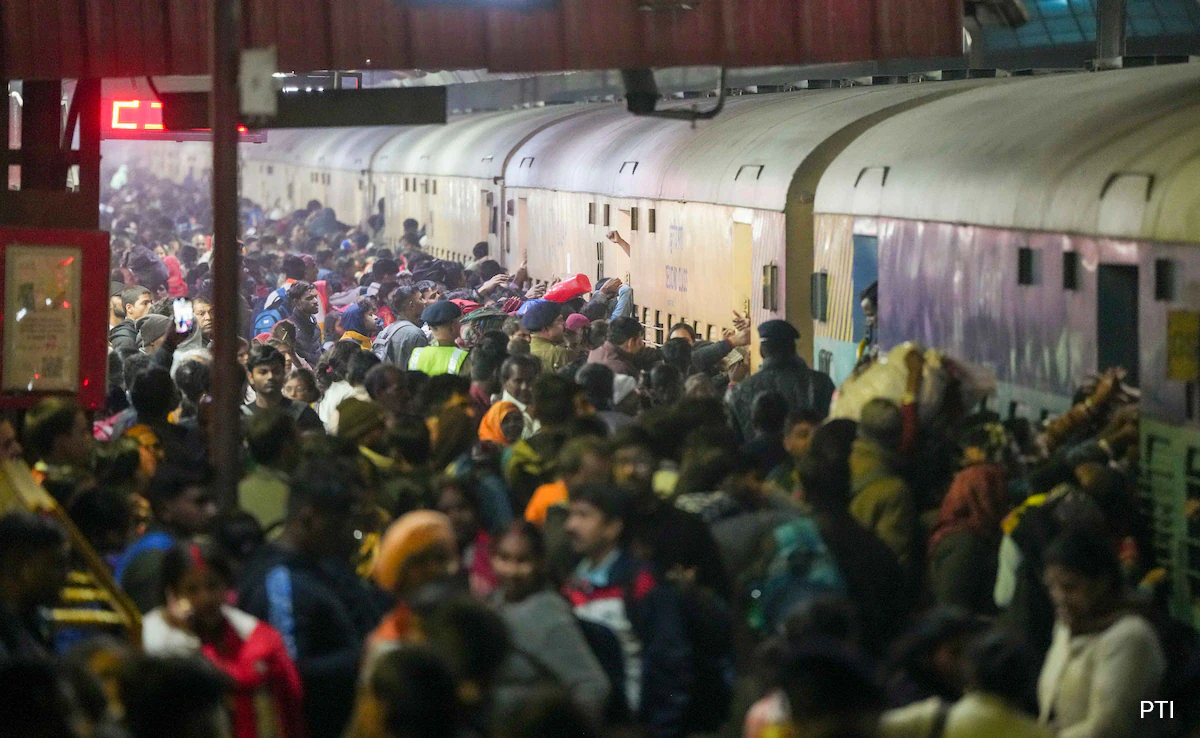
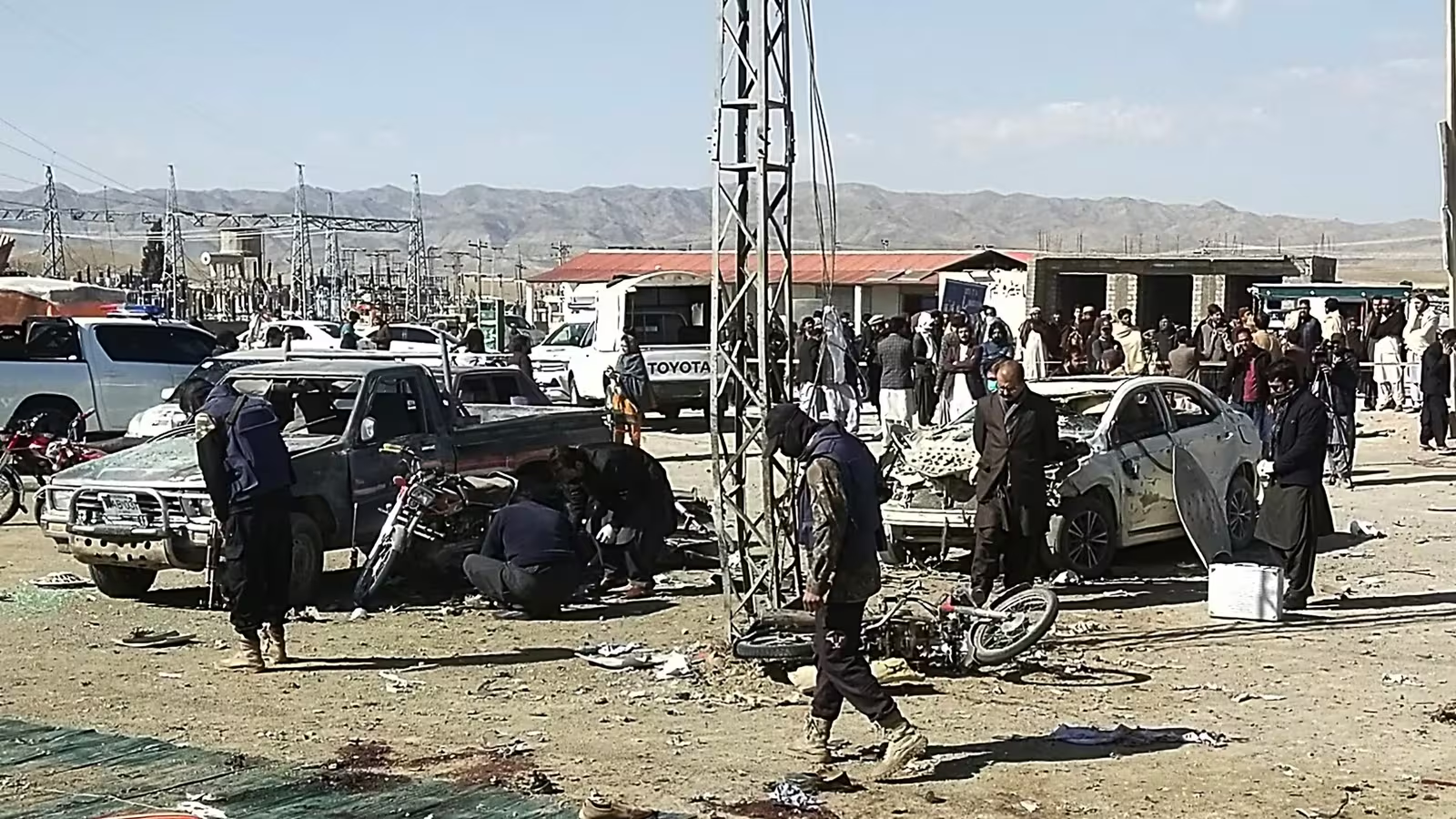

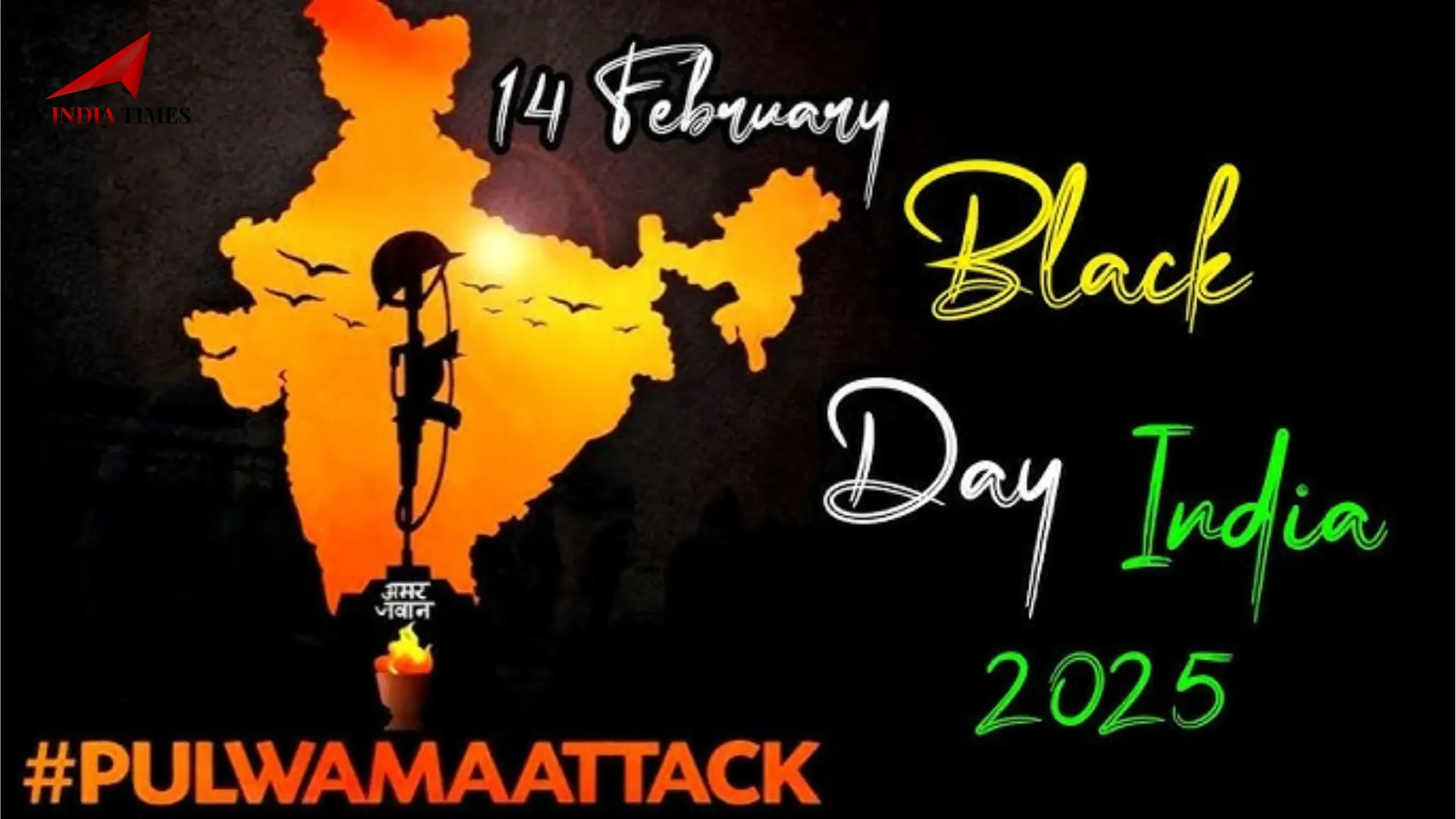
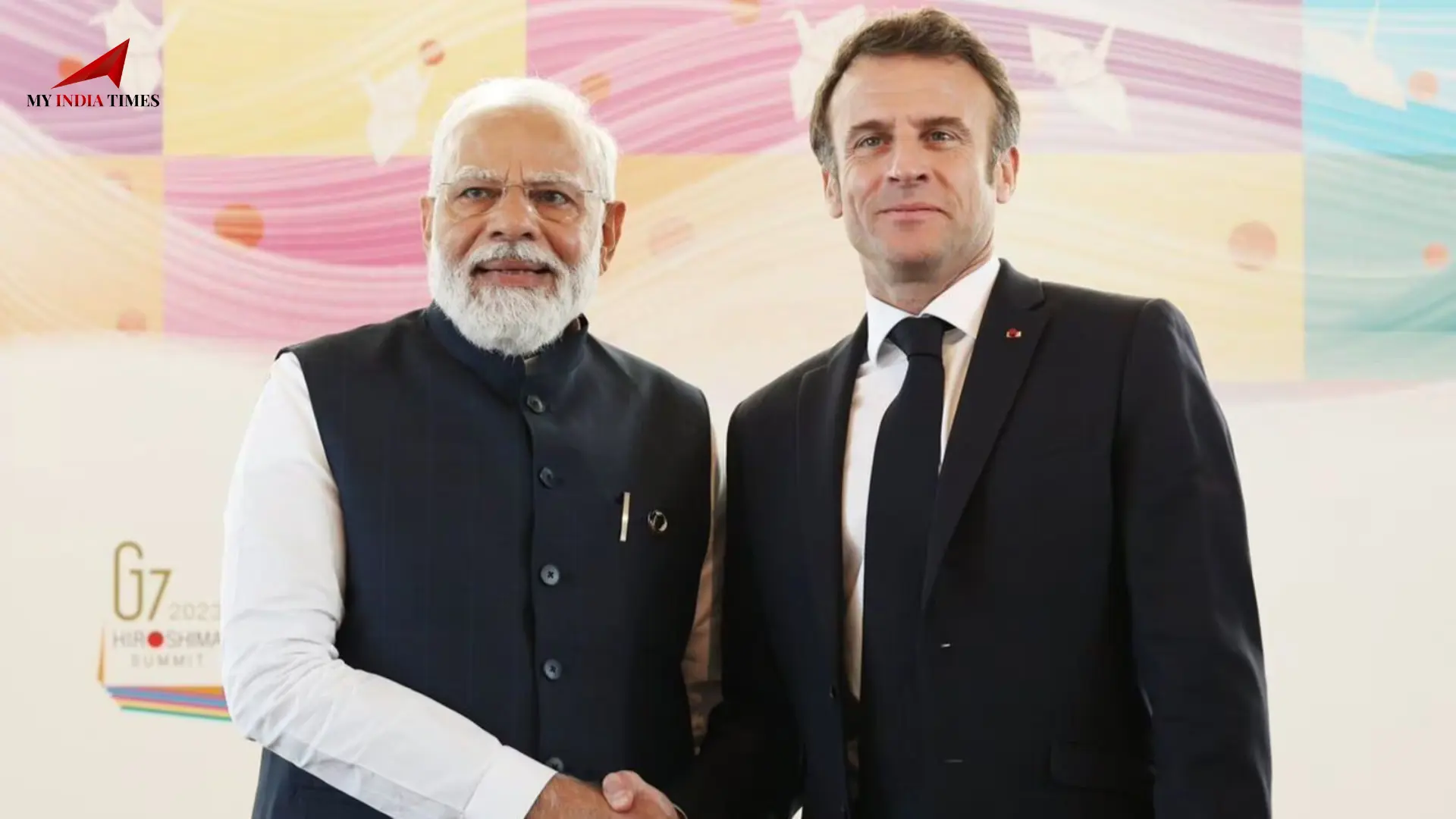

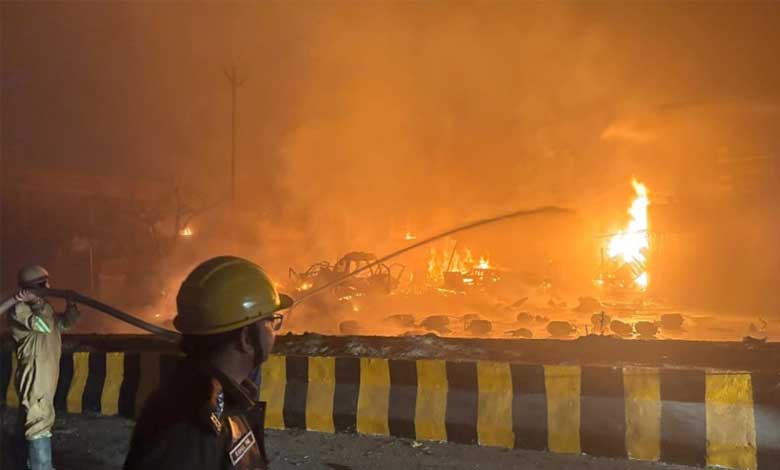



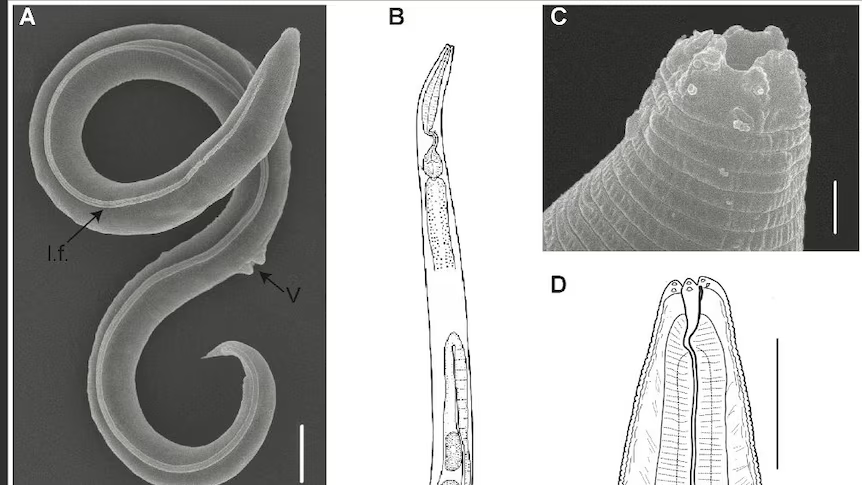
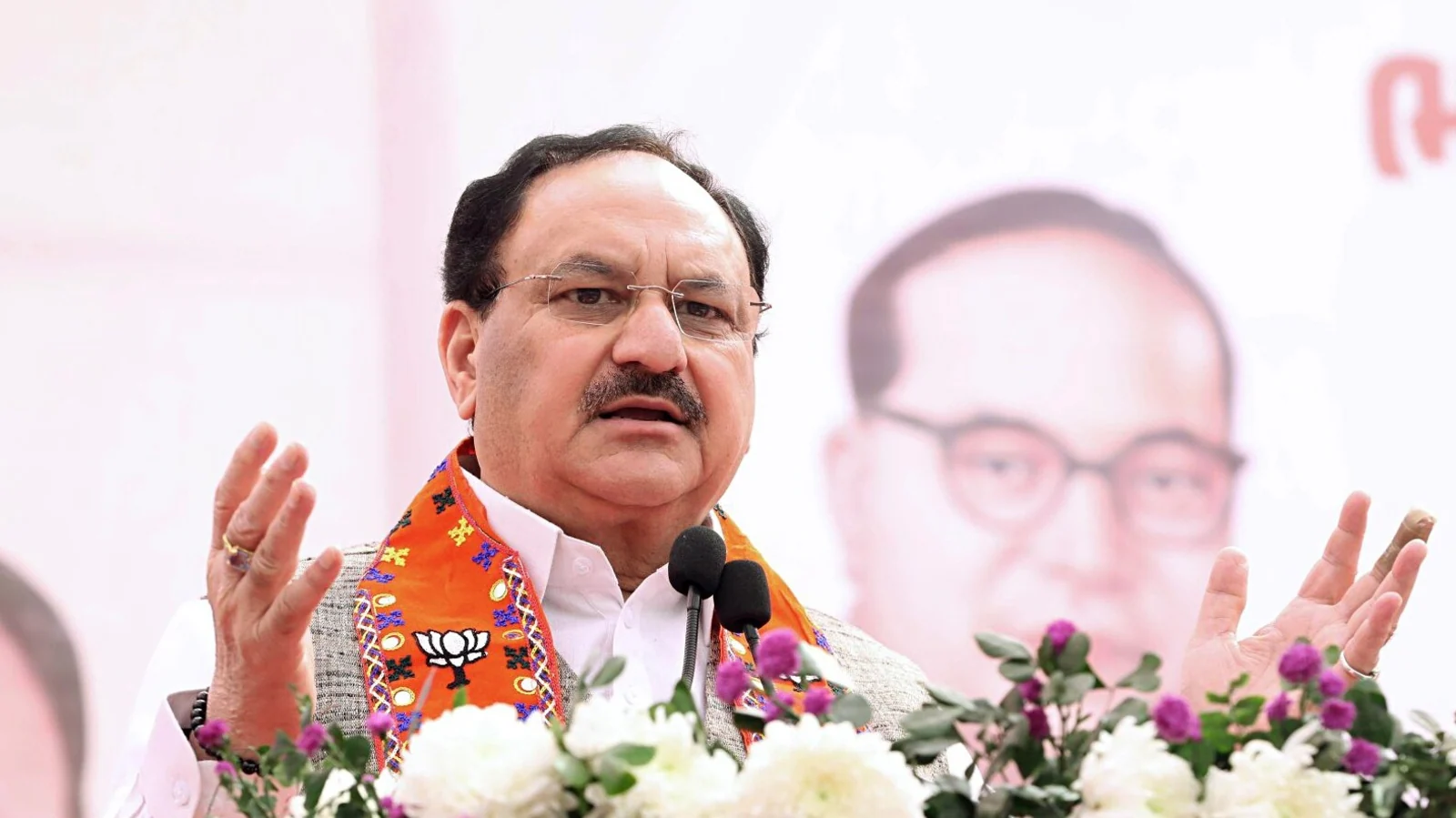
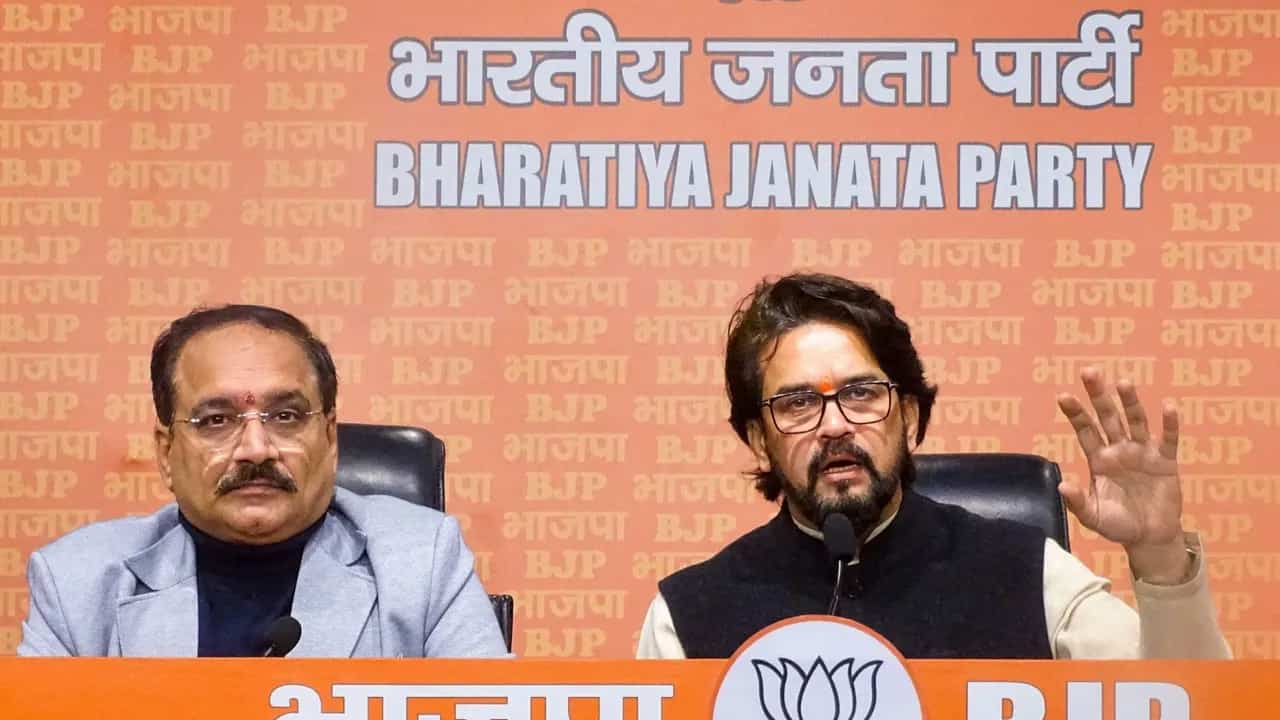


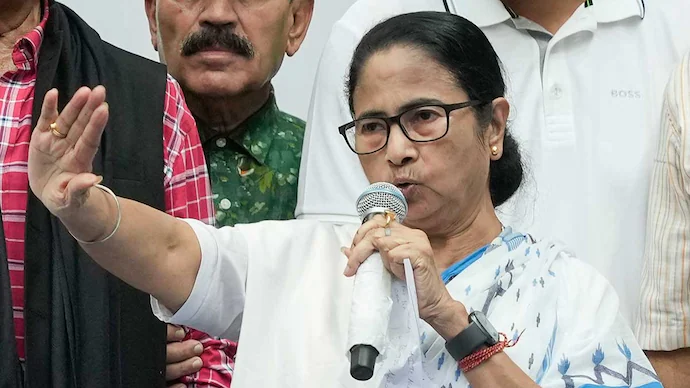


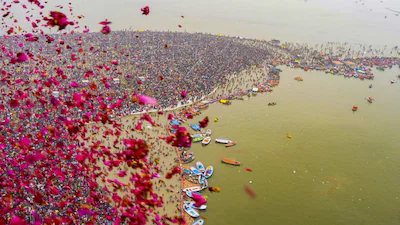
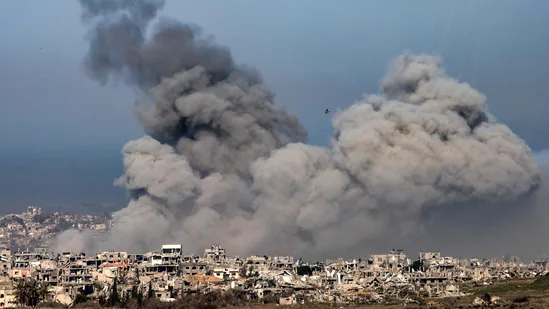
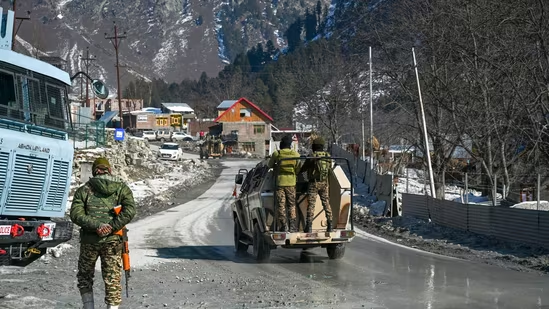
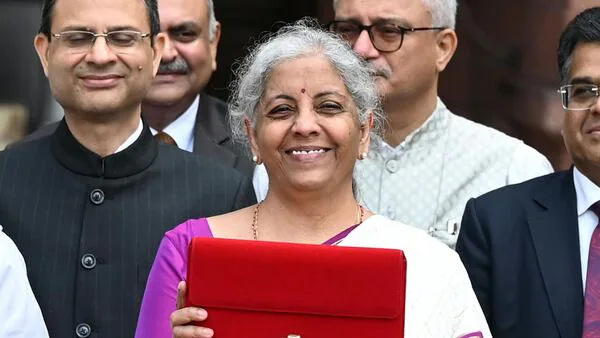
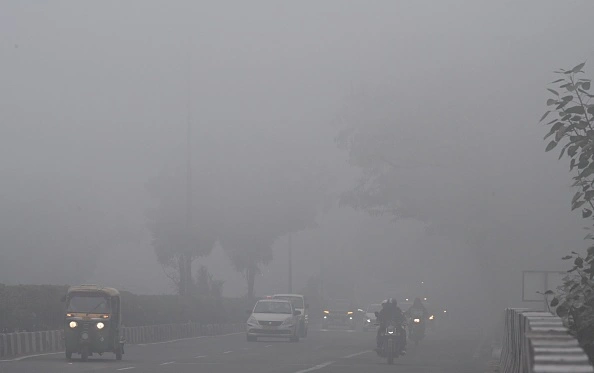

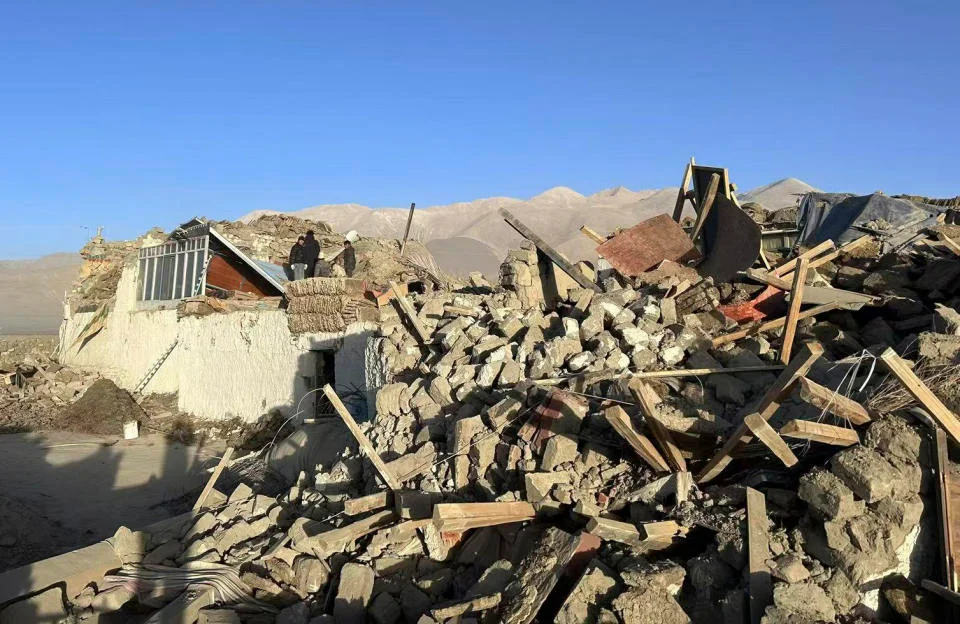

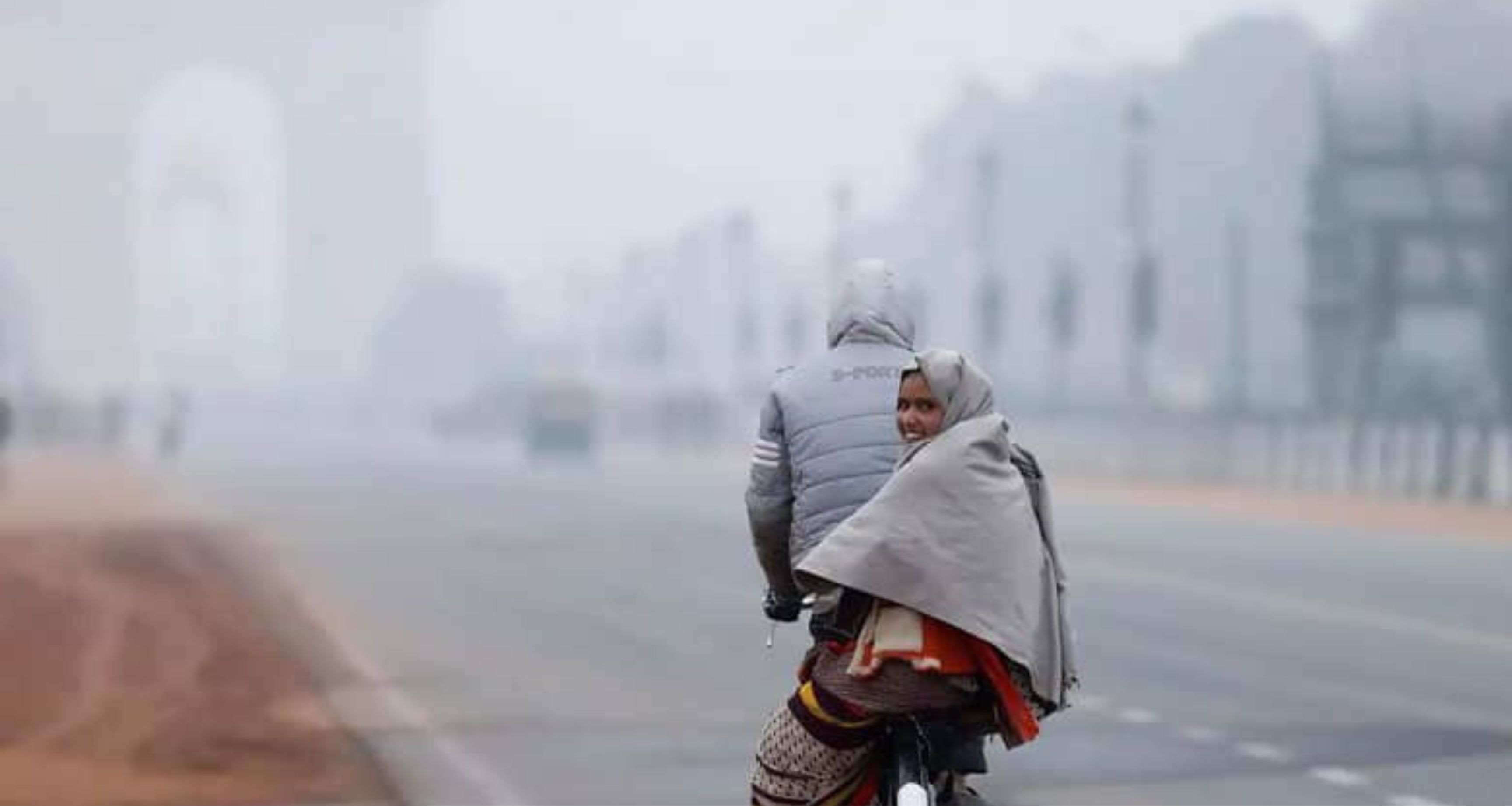
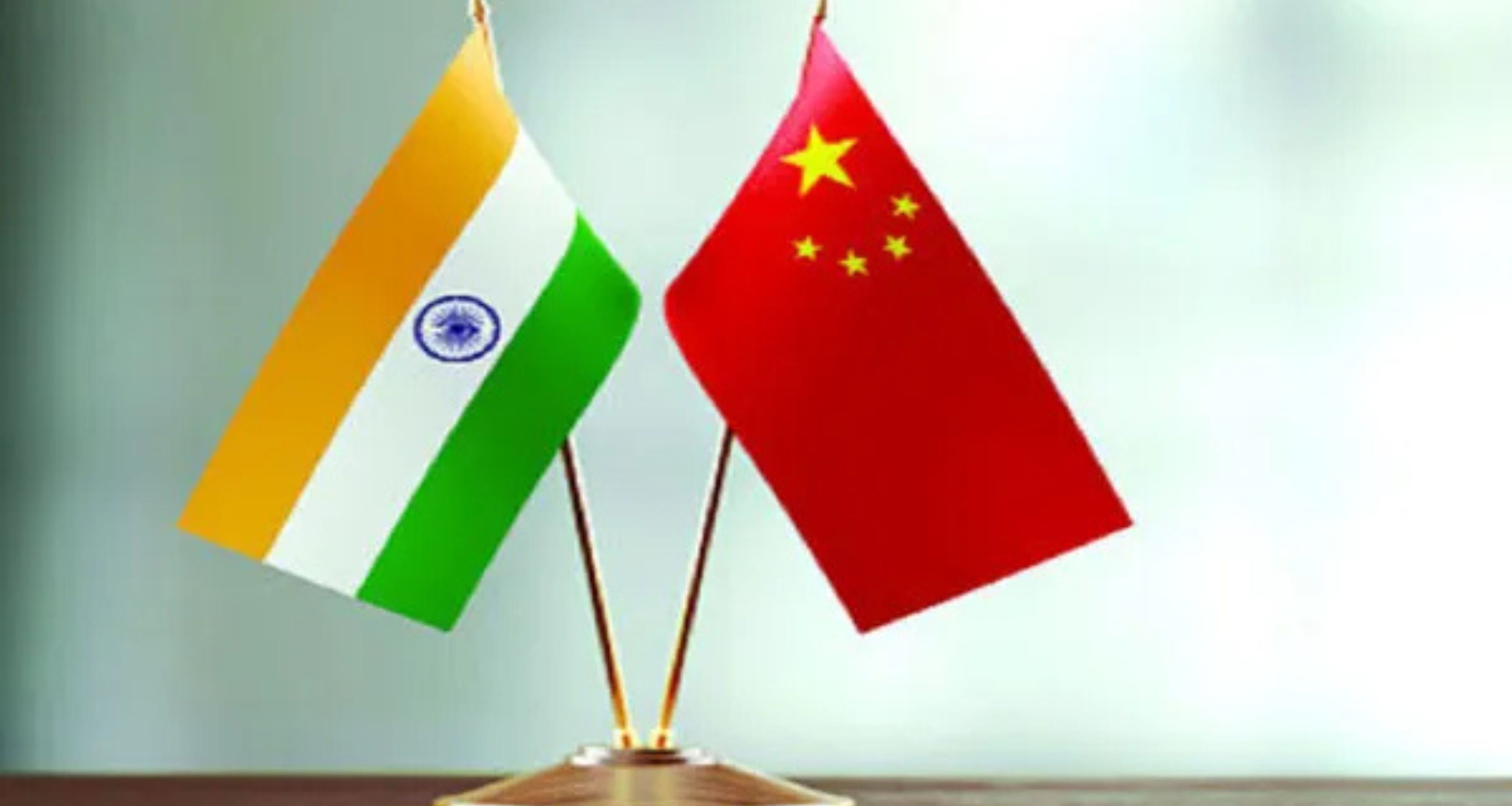
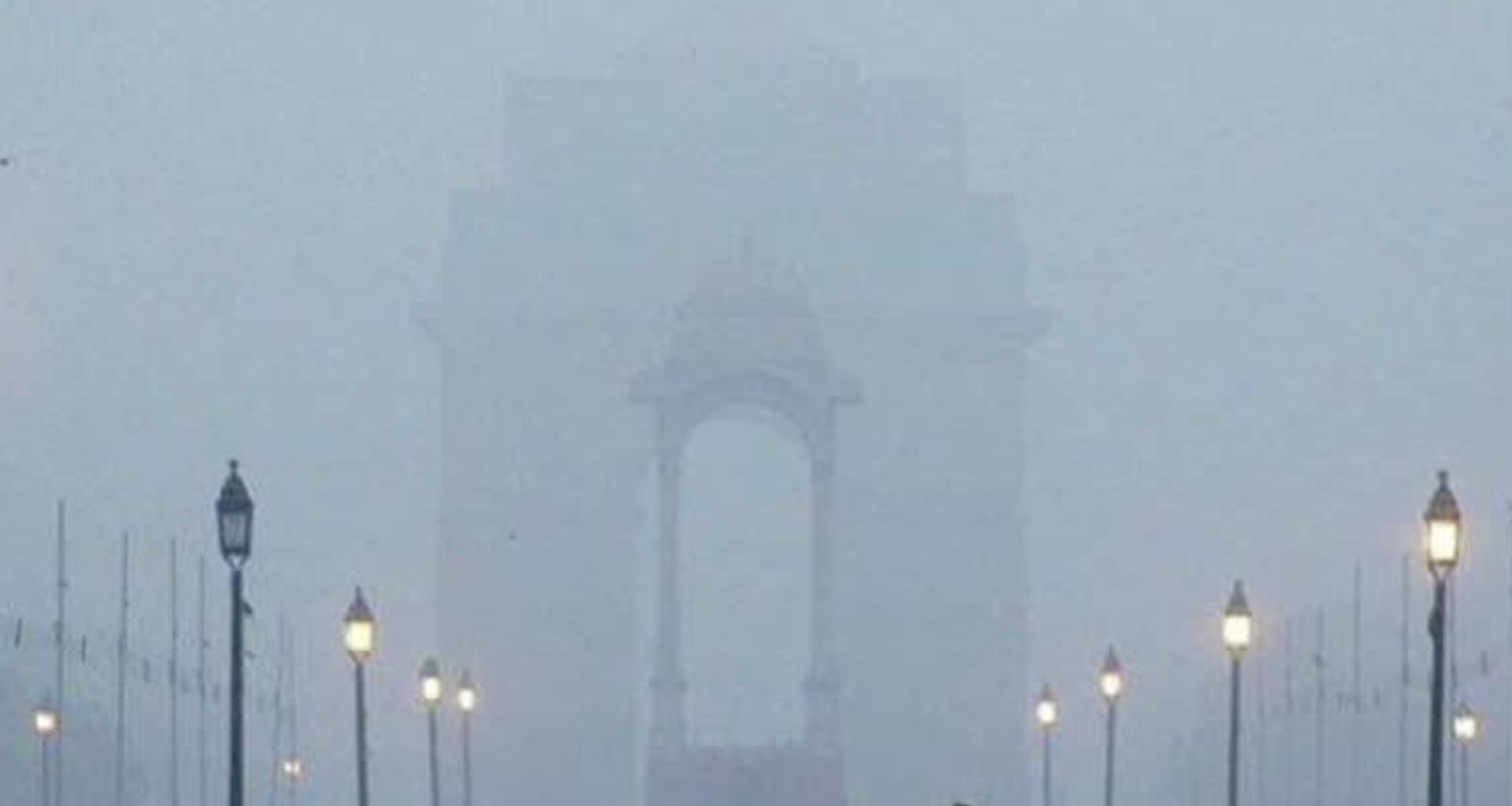
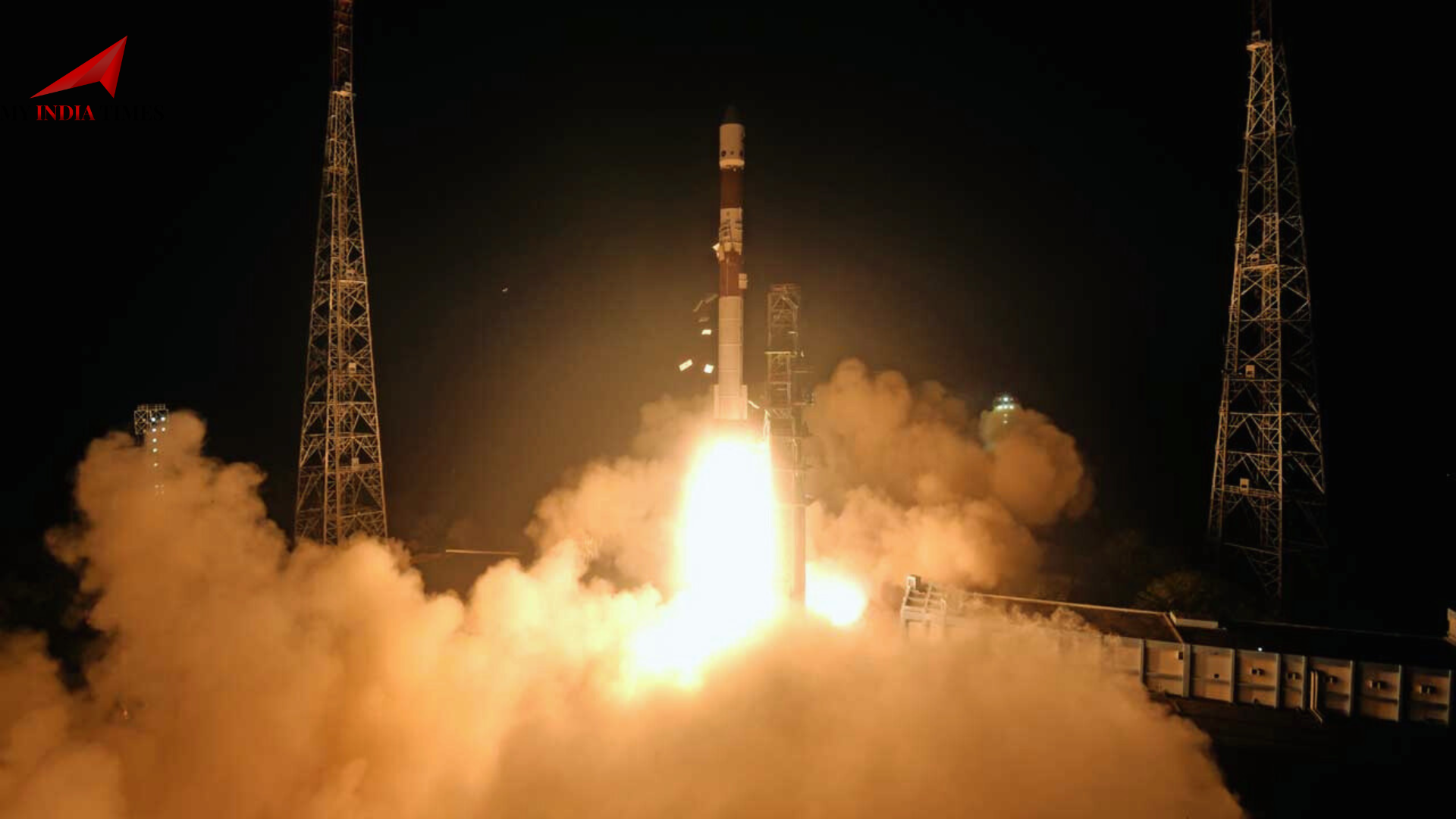
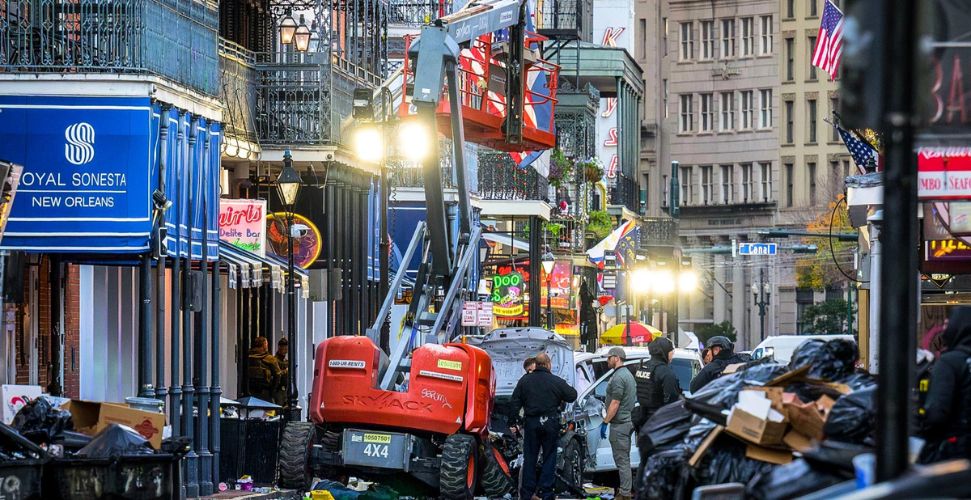
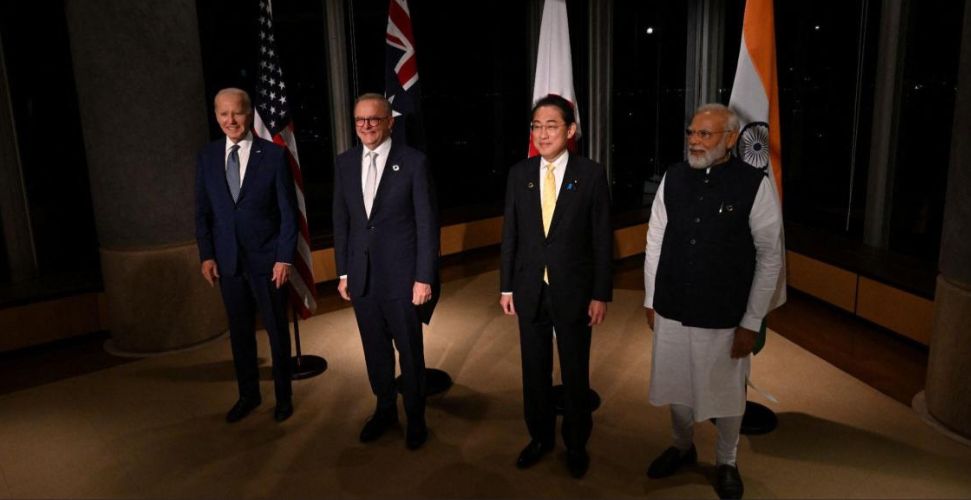
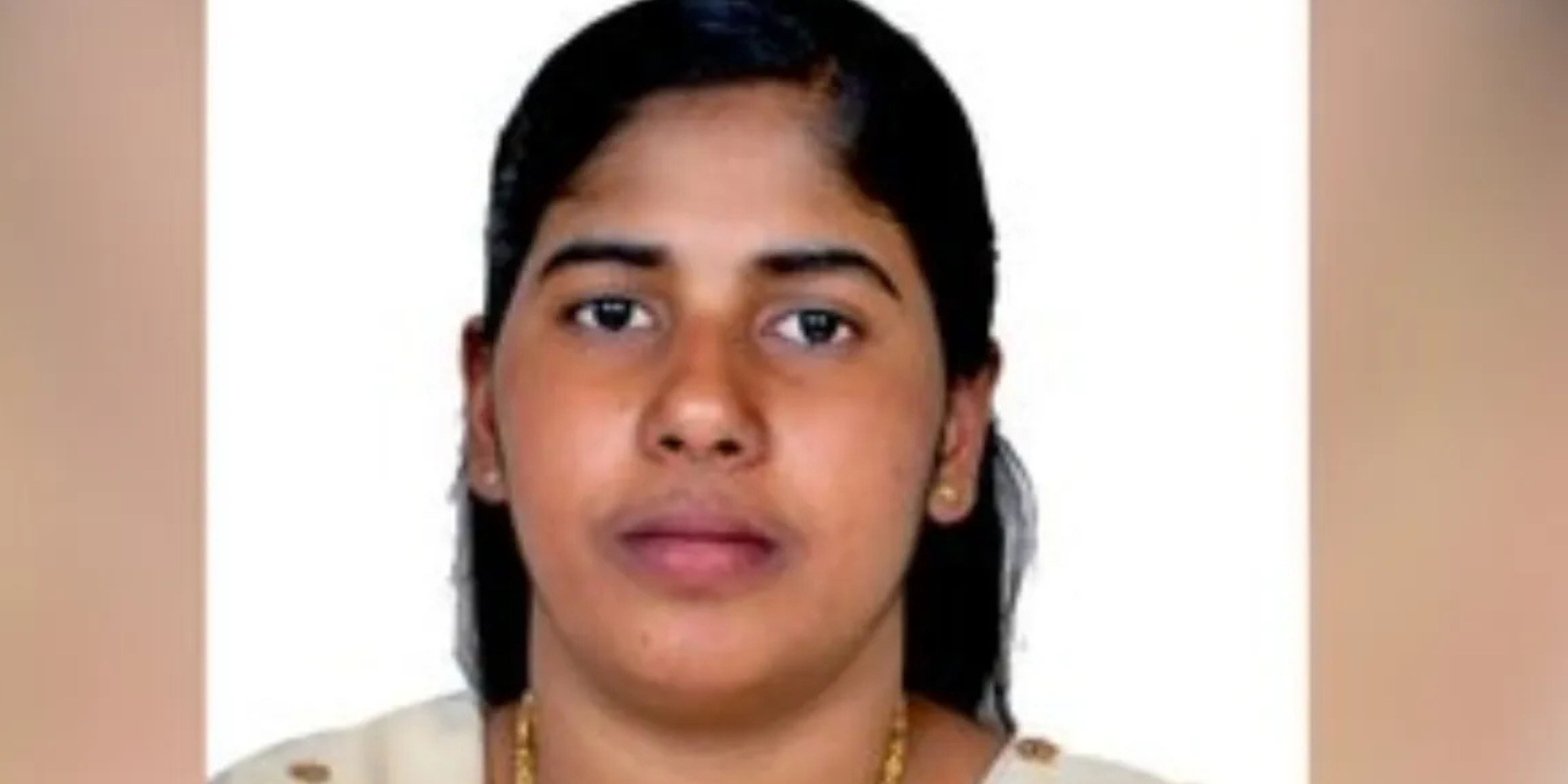
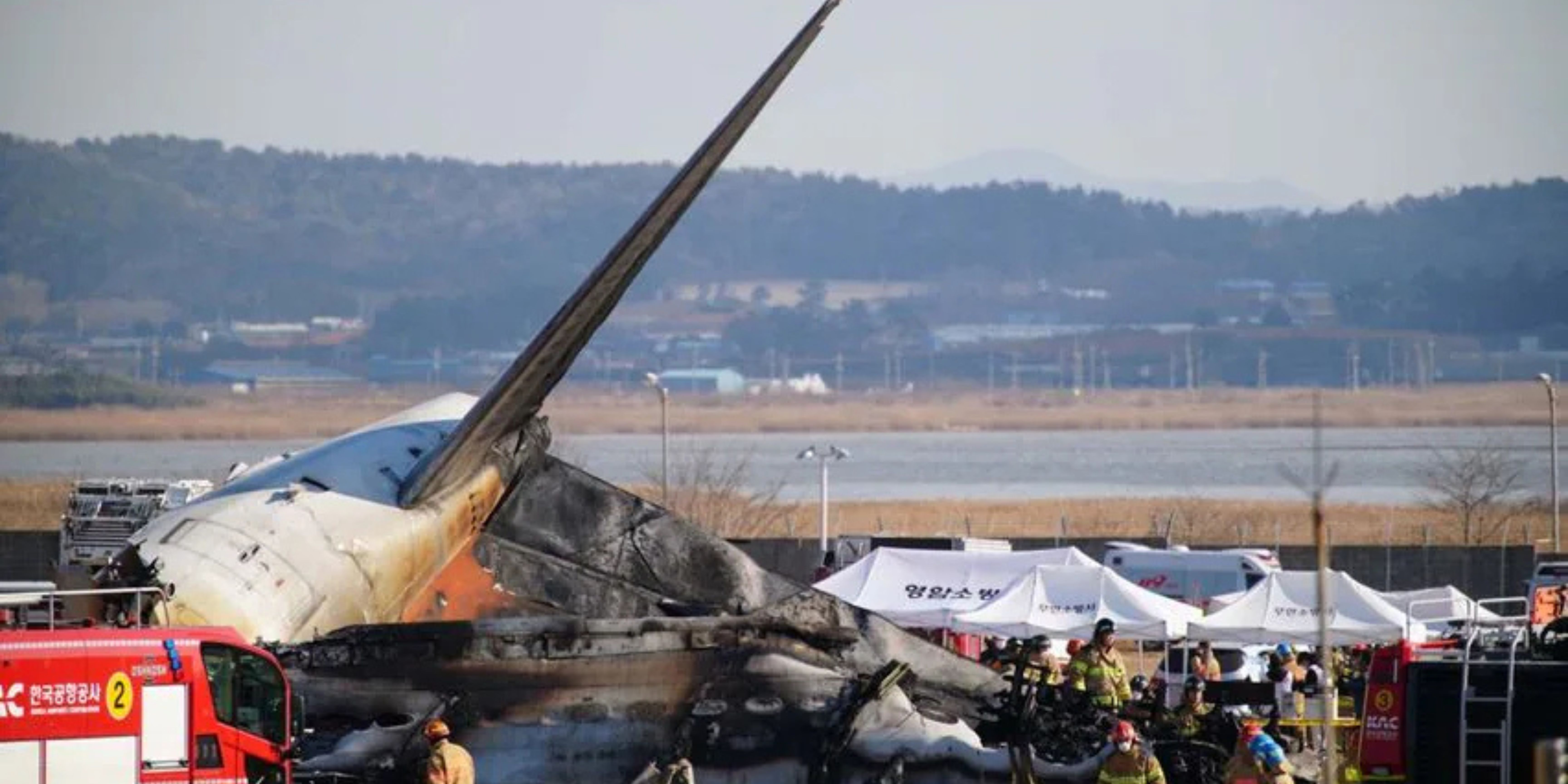
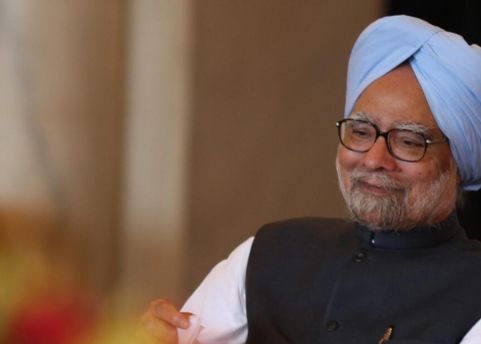
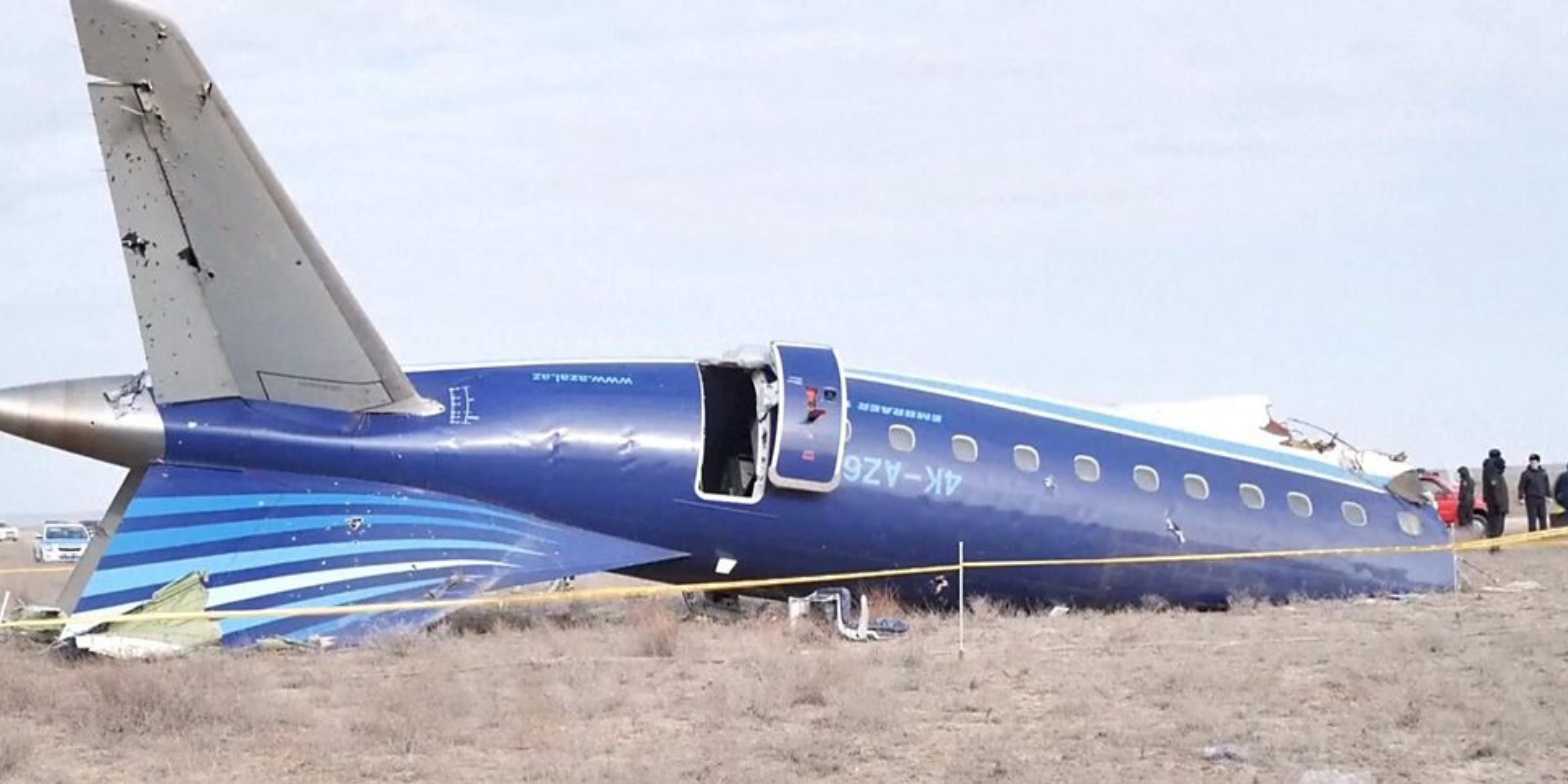
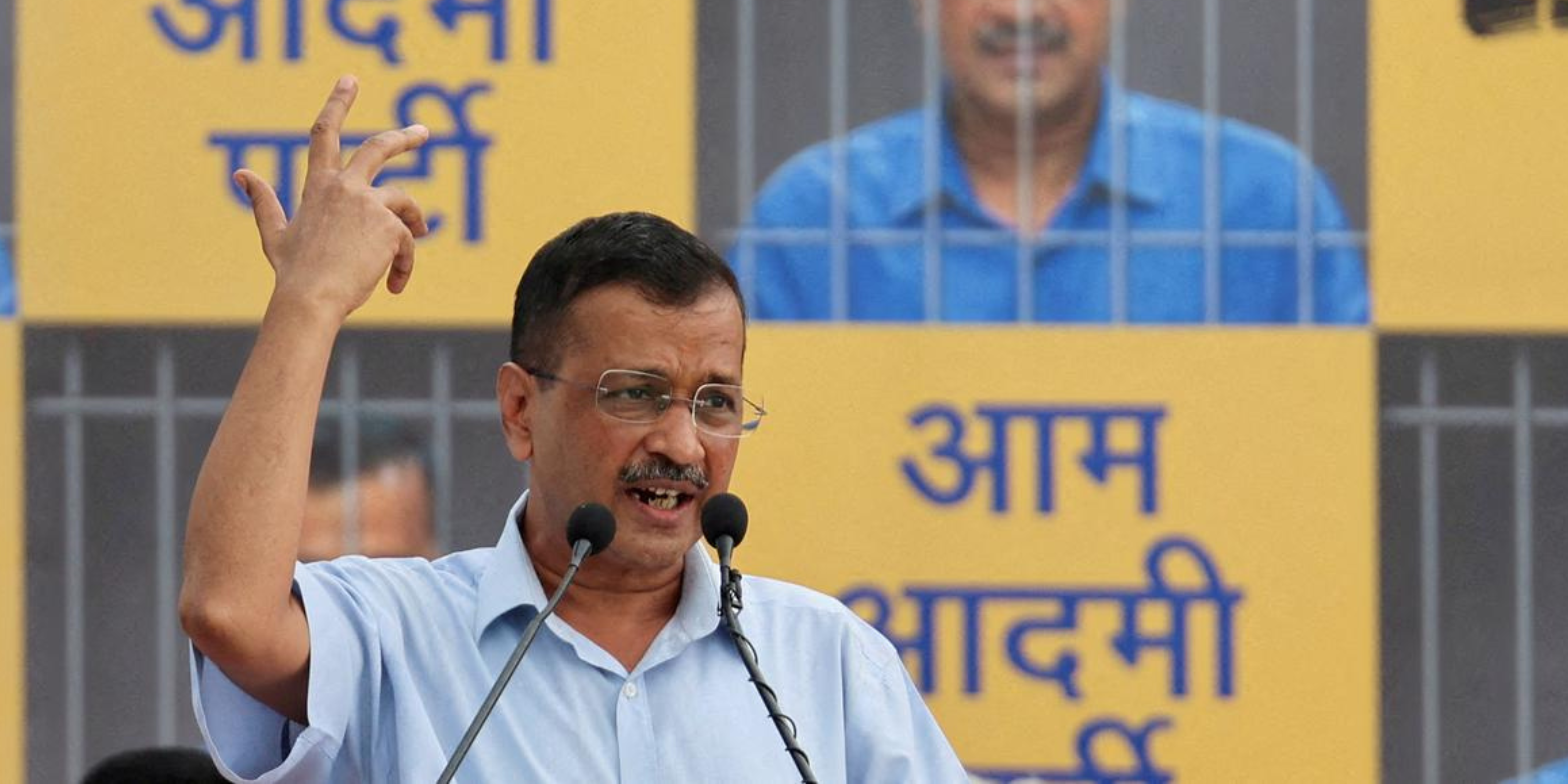

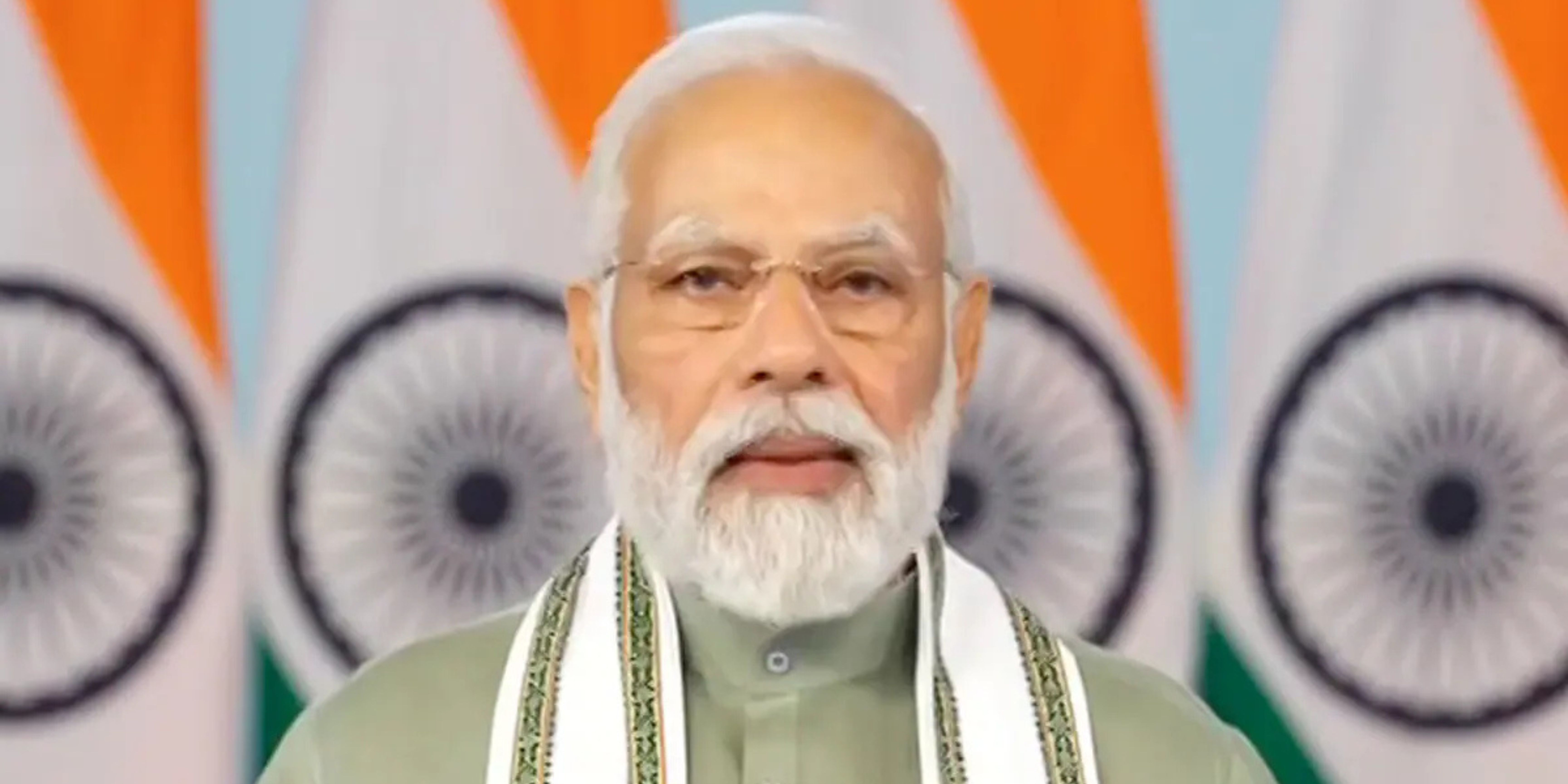
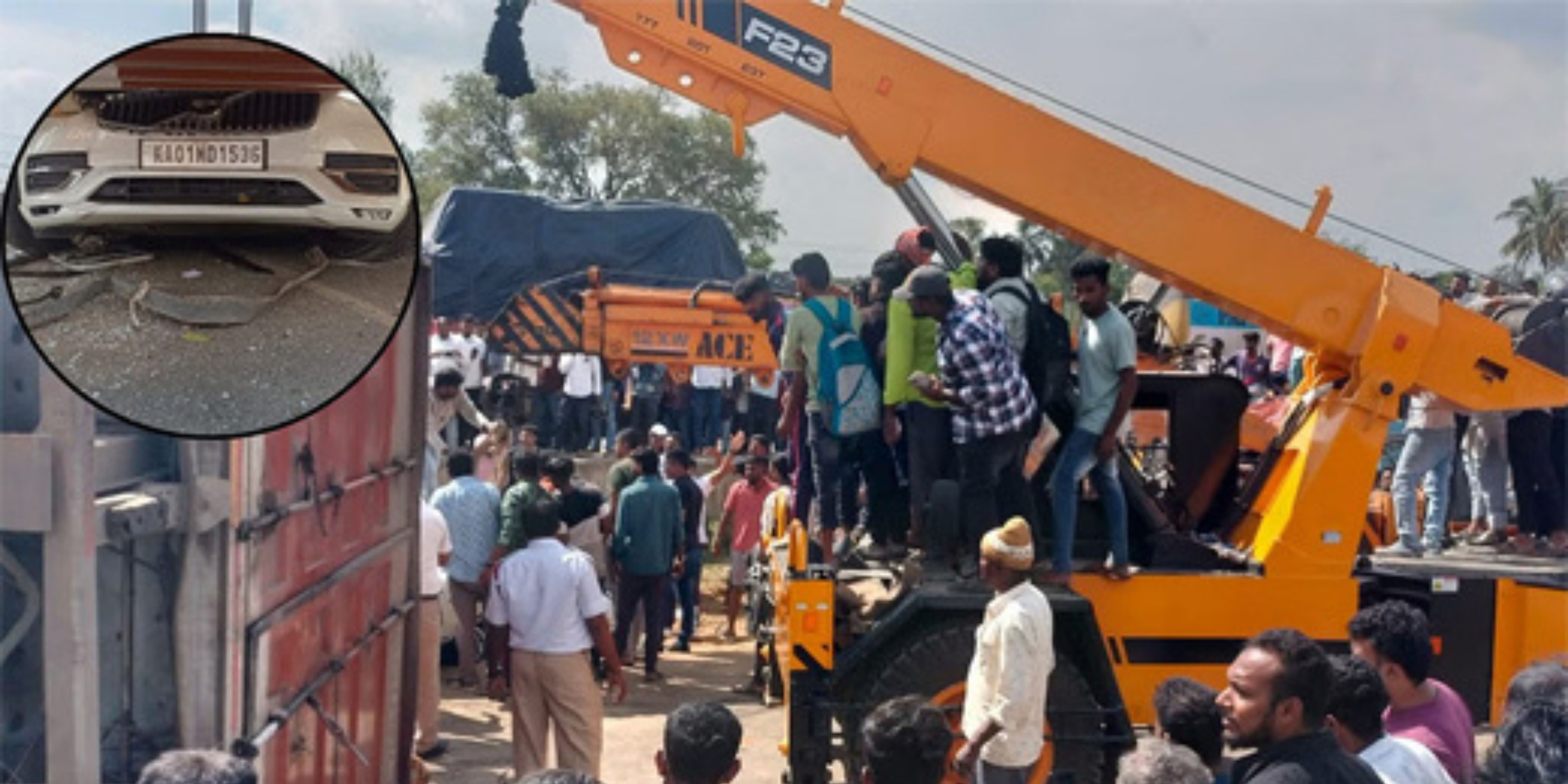




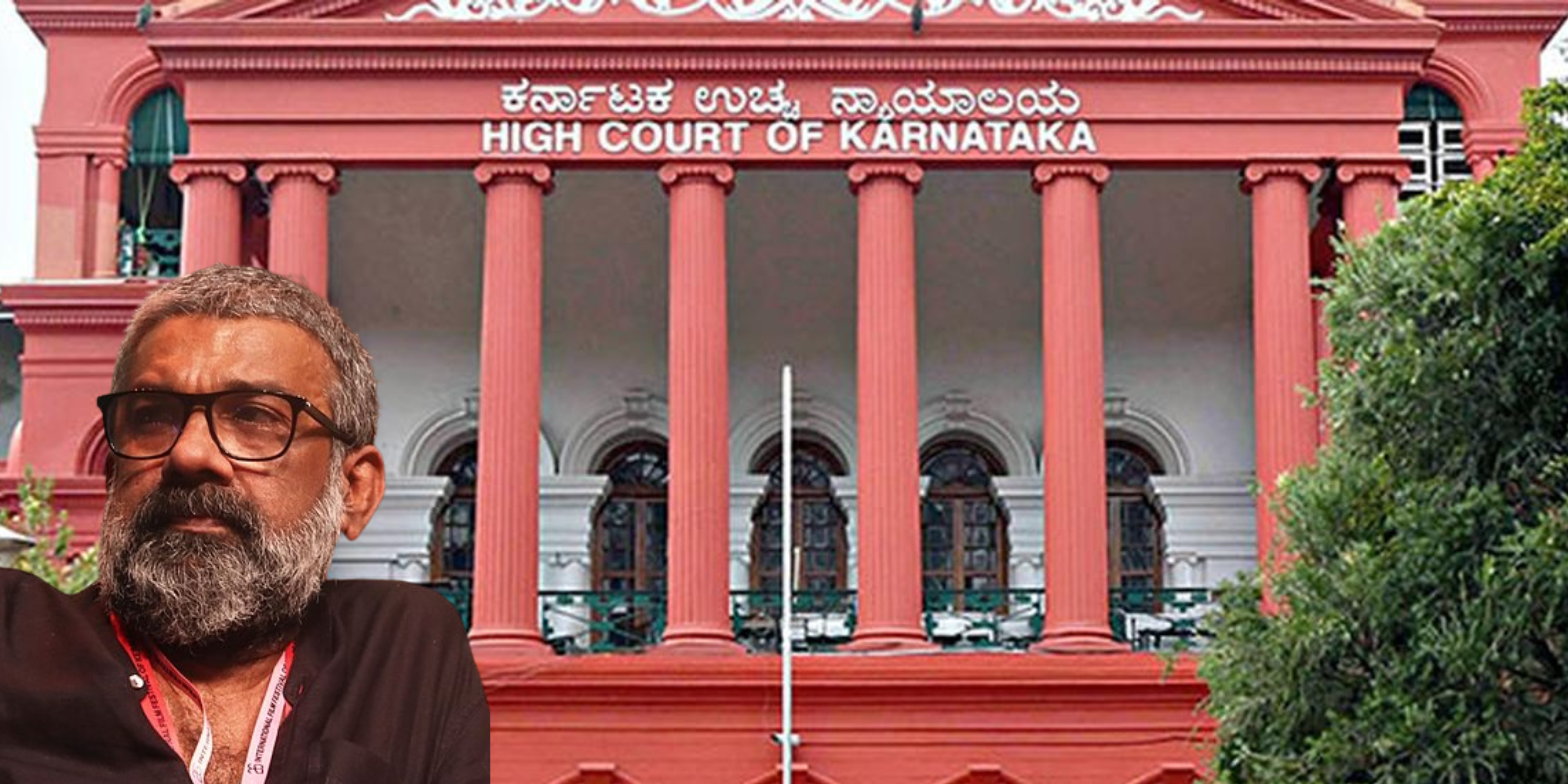
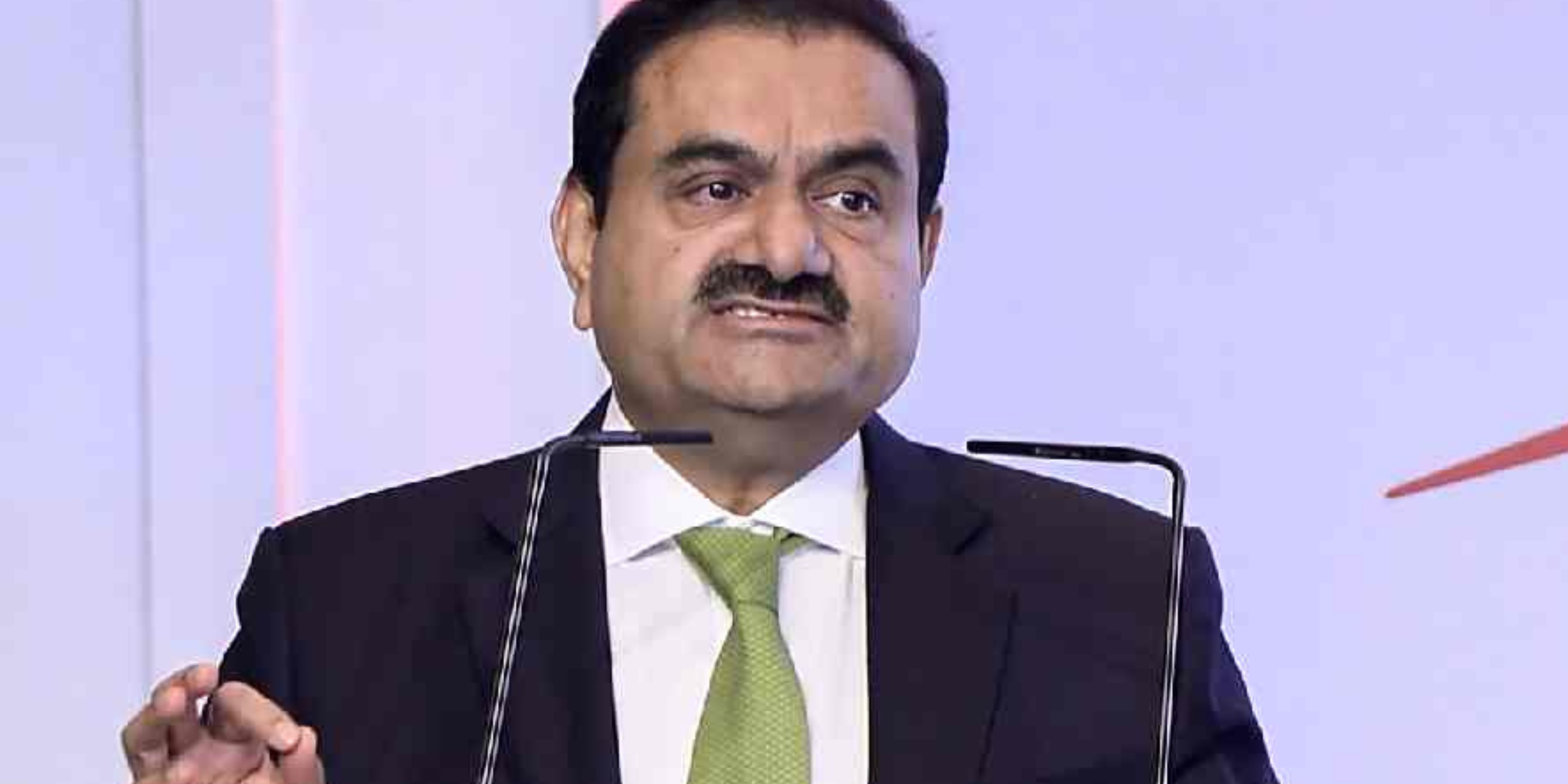
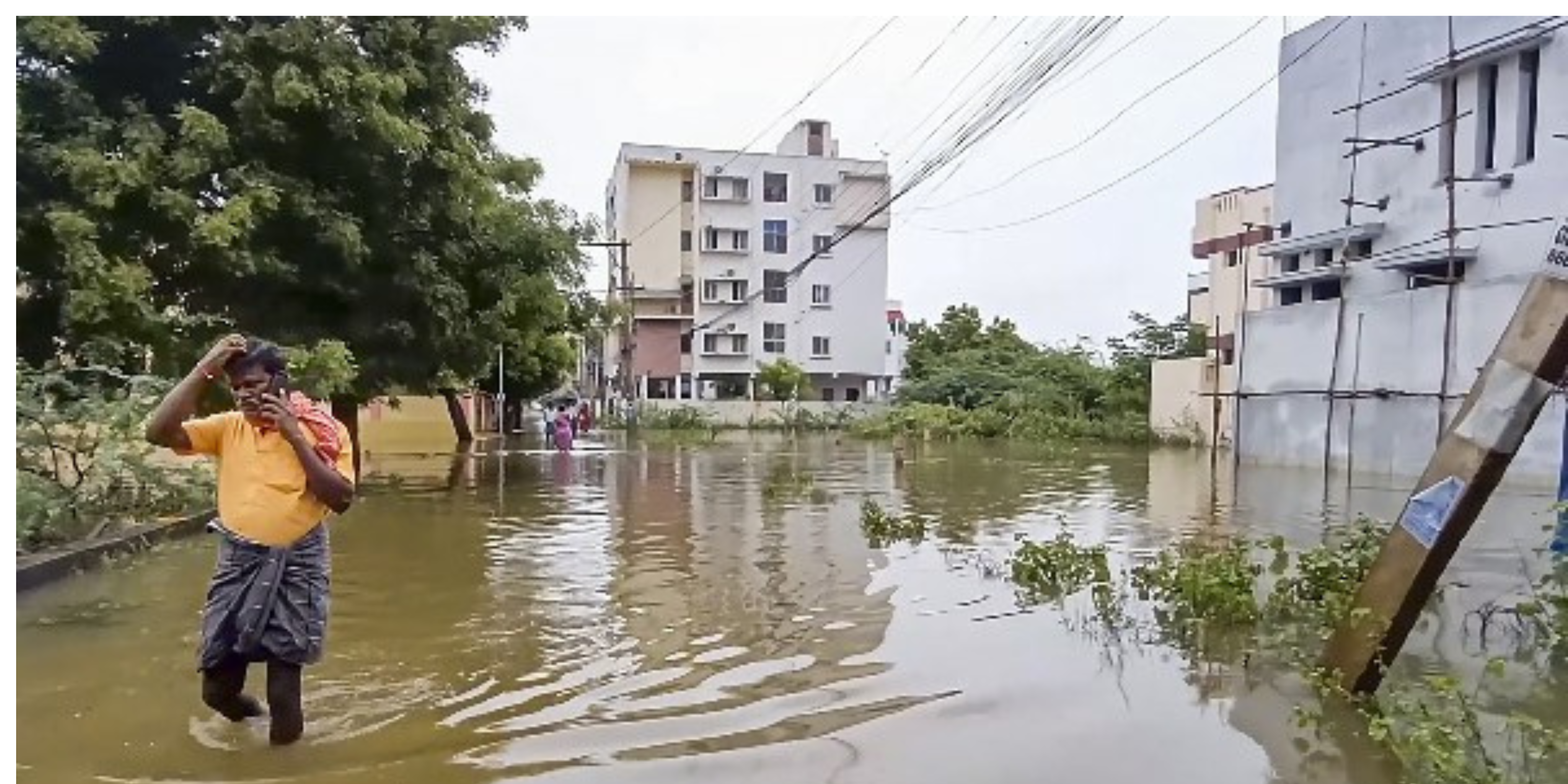
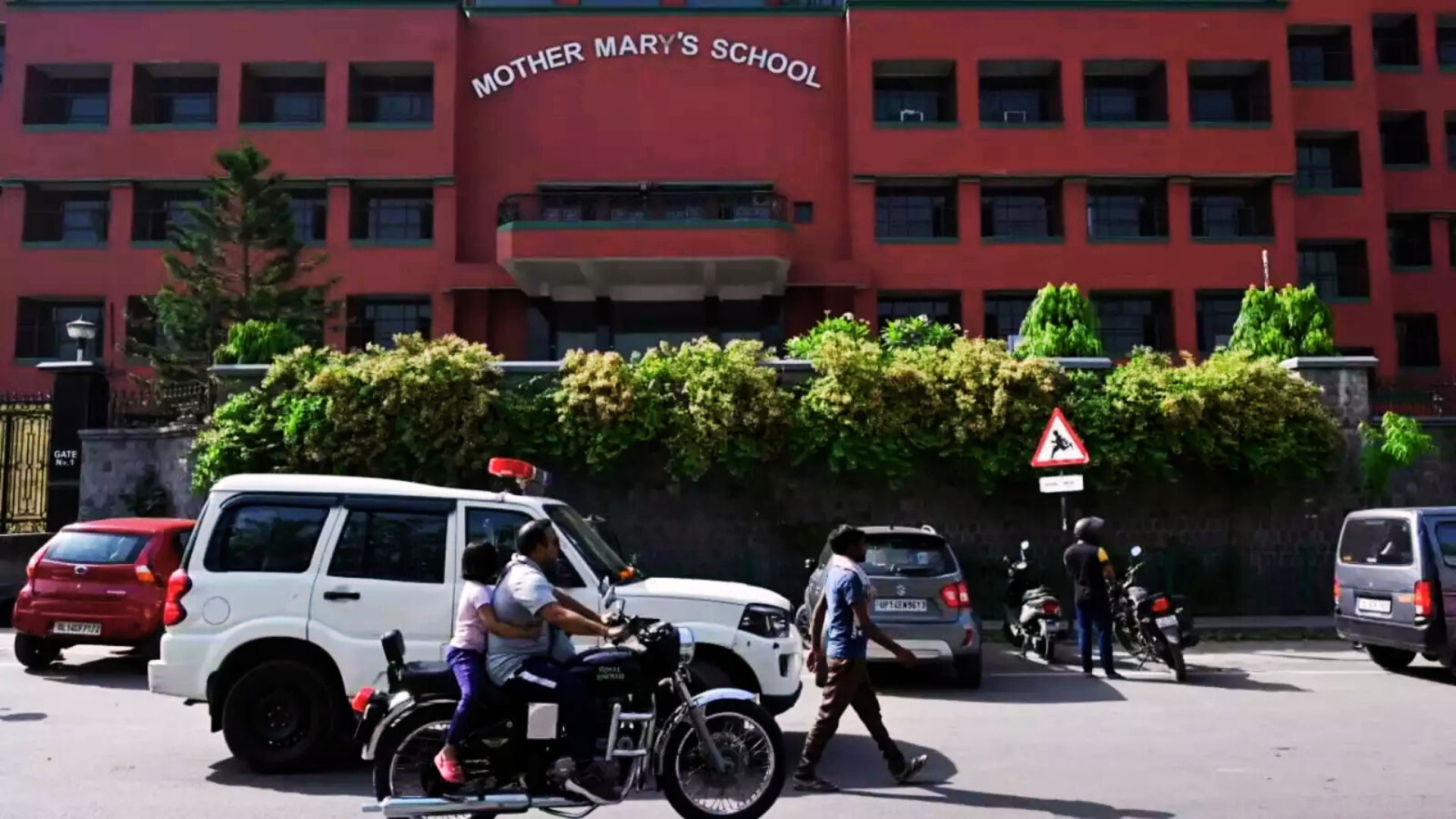
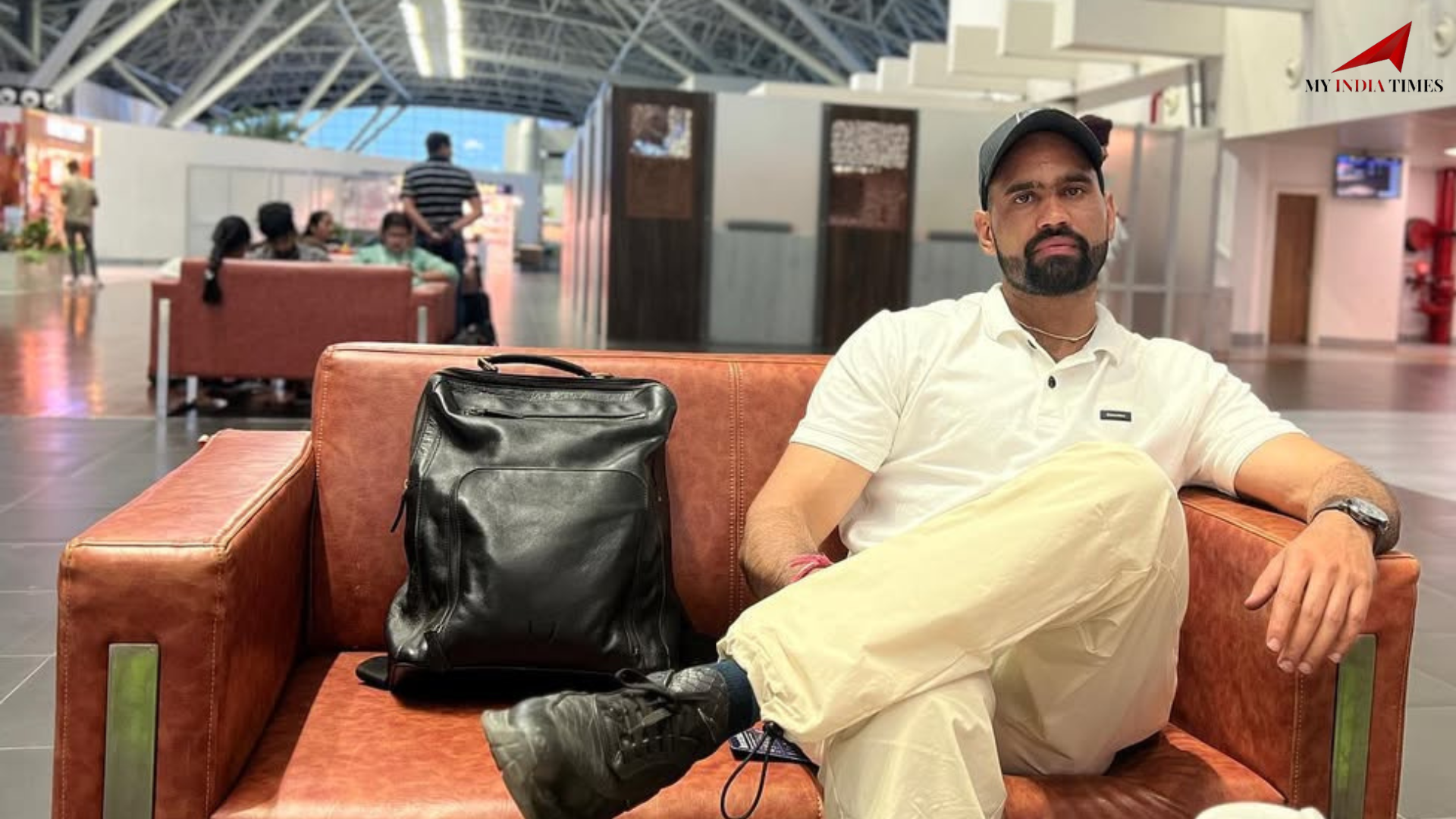

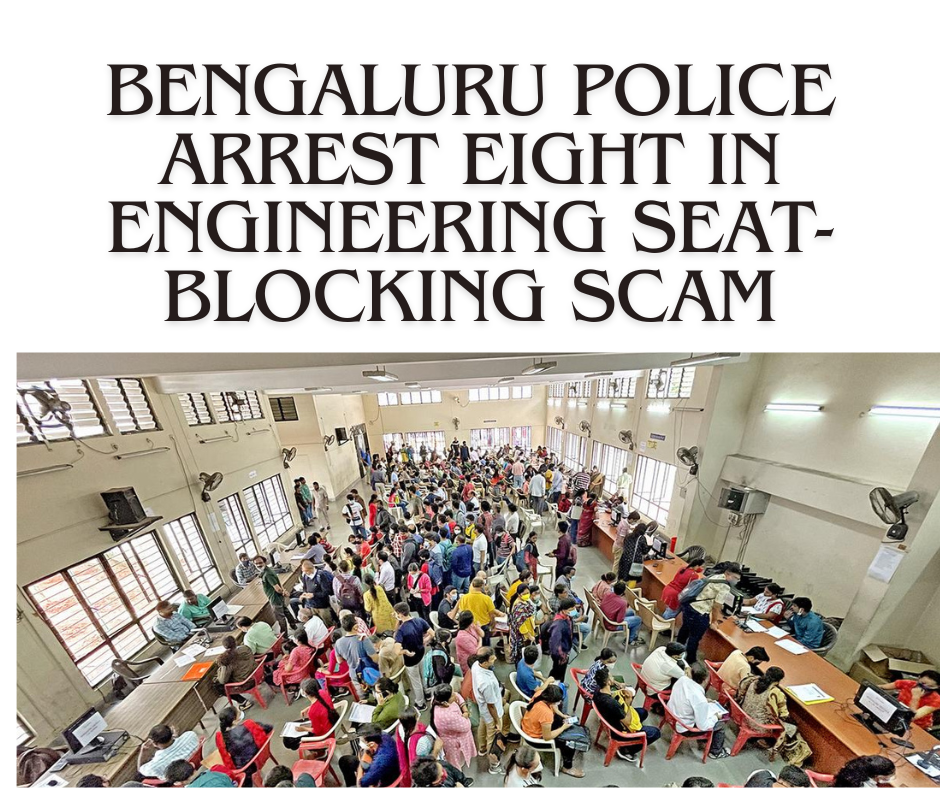


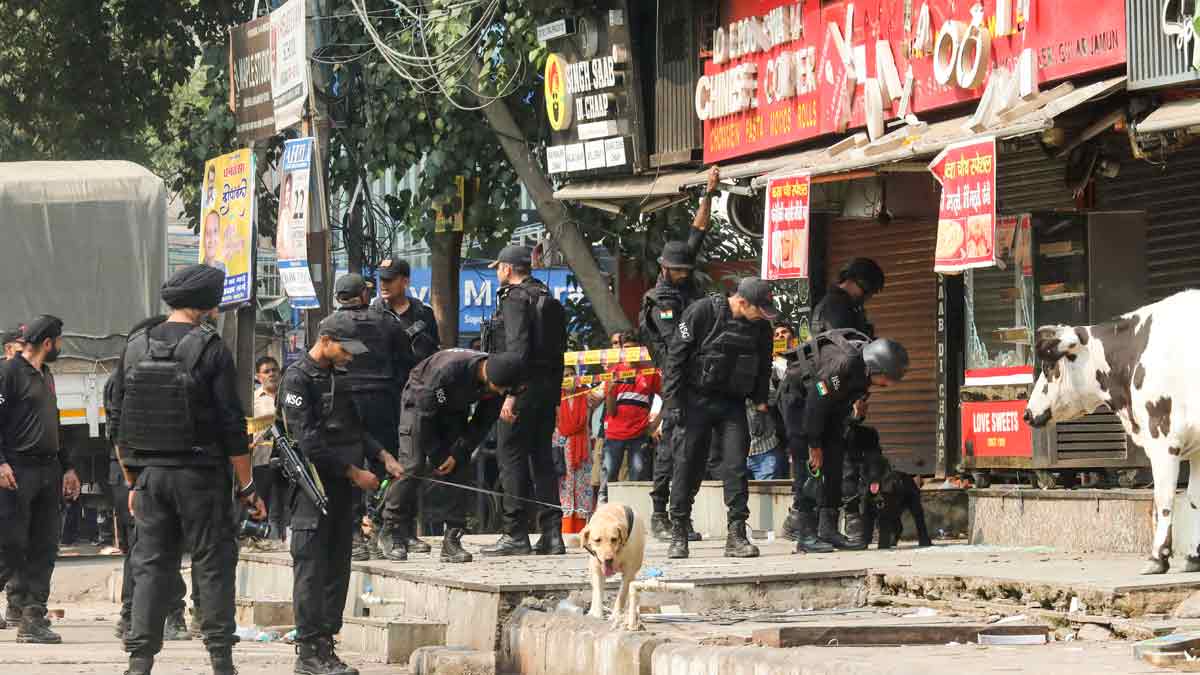
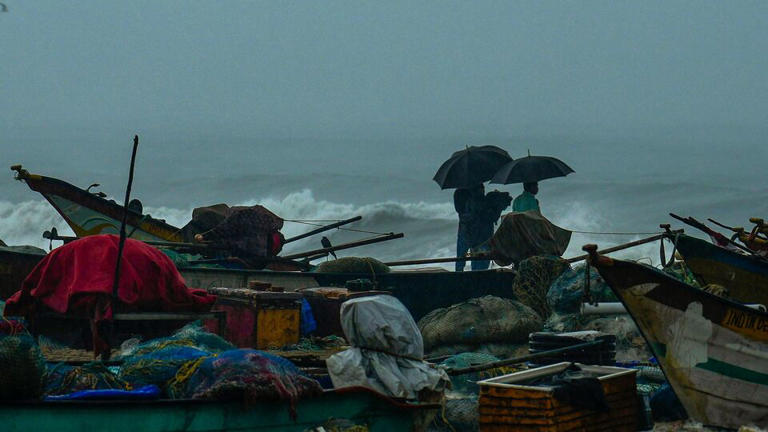

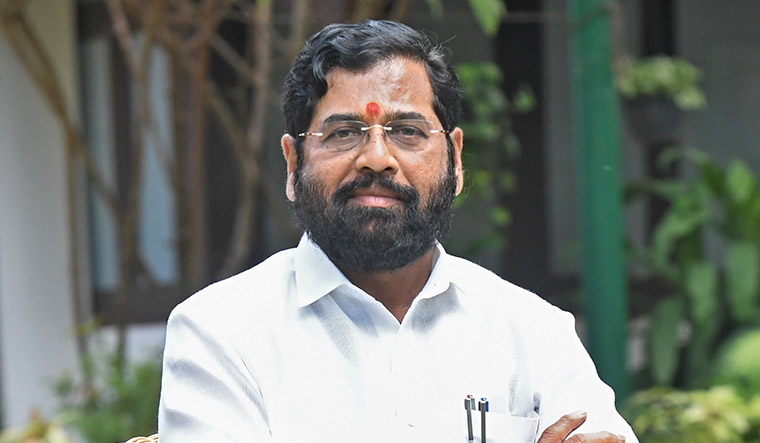
.png)
 (1).png)
